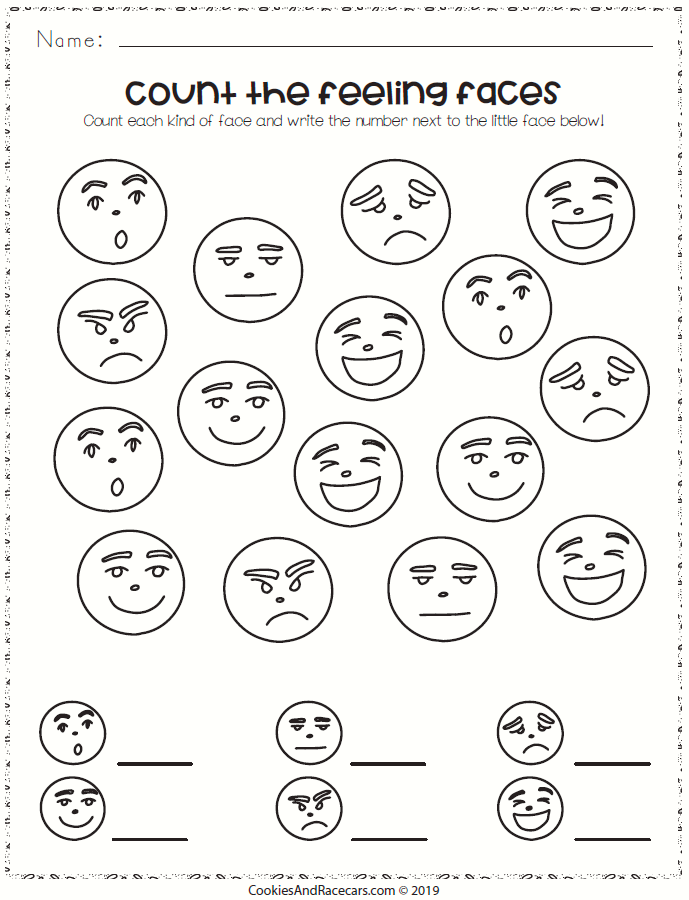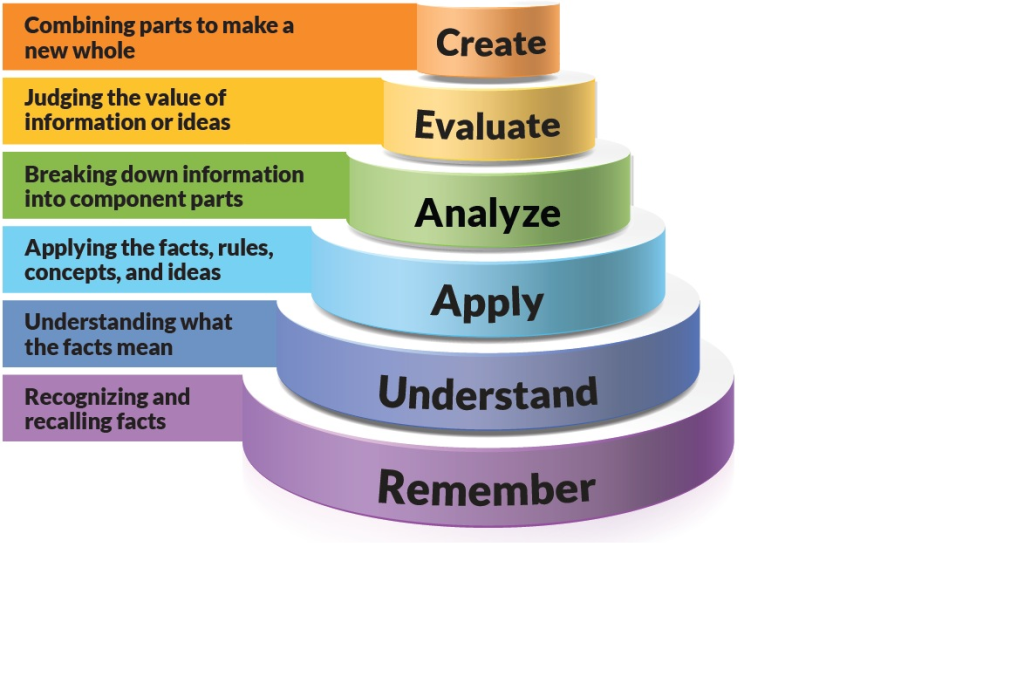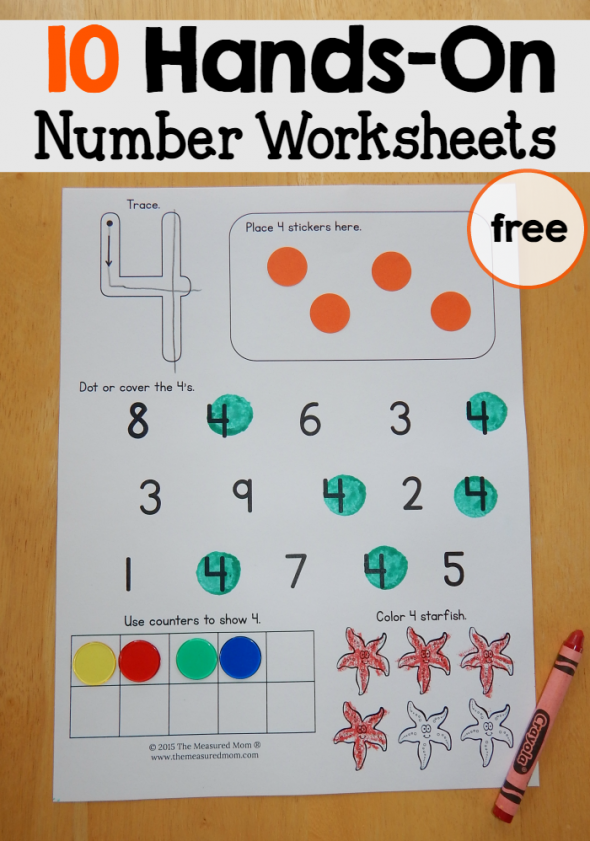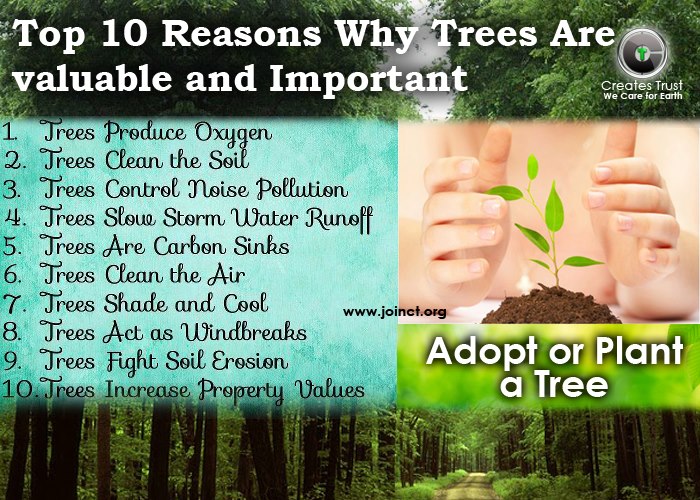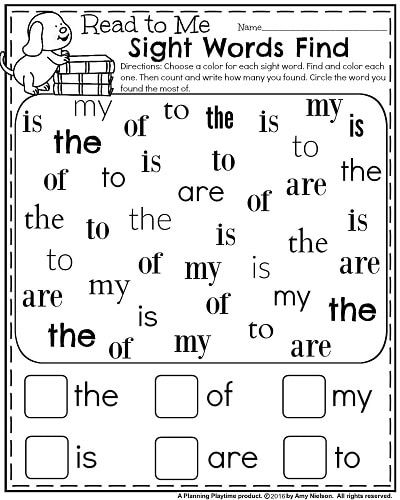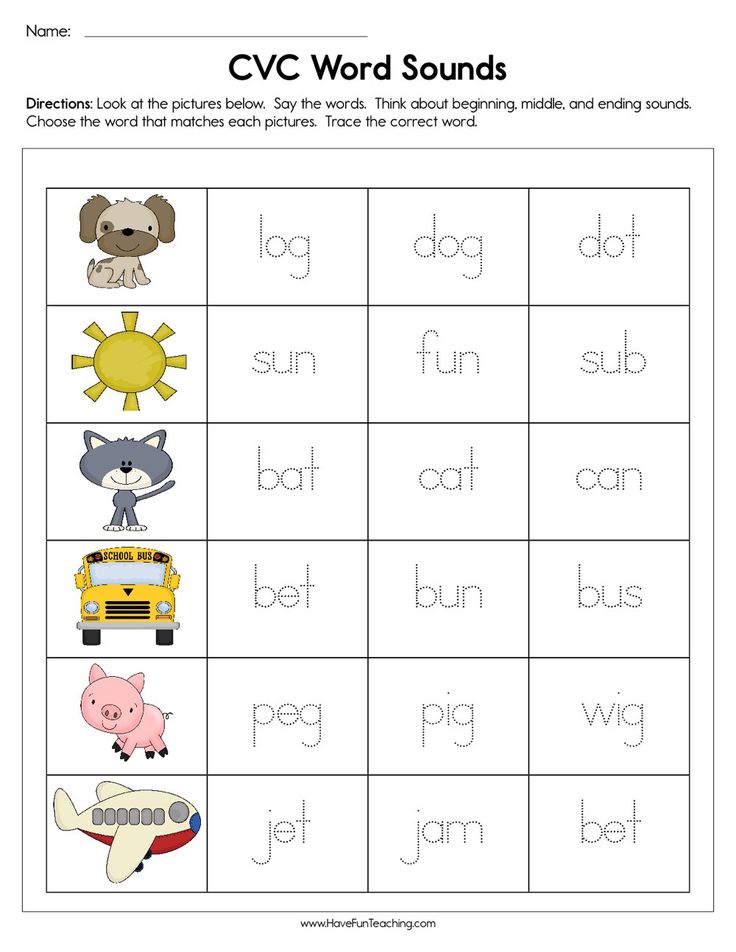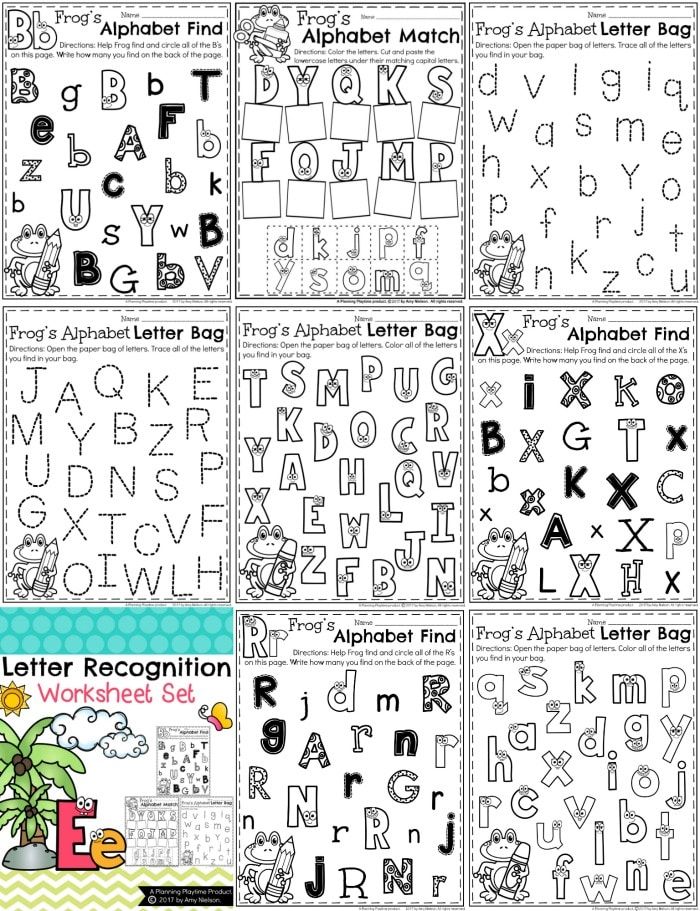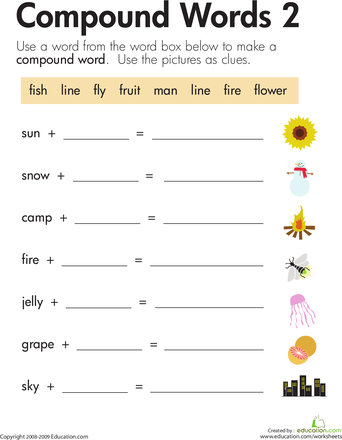Feelings activity for preschoolers
8 Fun Feelings Activities for Preschoolers
- Share
Early childhood is as much about developing a child emotionally as it is about building physical and intellectual capabilities.
These feelings activities for preschoolers bring art, songs, discussion and stories together, to help kids experience their emotions in practical ways.
How do you teach preschoolers about feelings?
As children progress through the stages of emotional development, they naturally learn to identify their feelings and express them in healthy ways.
Much of a child’s emotional development happens during play.
While children are playing dress-up or engaging in pretend play, they are imitating and acting out real-life scenarios, which are full of emotions.
Pretend play gives children a way to safely act out and practise big emotions such as fear, love, sorrow and anger.
However, parents and teachers can also find opportunities for teaching emotions to preschoolers by planning special feelings/emotions activities.
Here are a few ideas.
1. Mirror Emotions
Give children a hand-held mirror or stand in front of a large mirror. Ask them to explore their emotions in their reflections.
Ask them to make different faces. Start with easier emotions to identify, such as sad, happy and angry. Ask how their faces change as their emotions change.
Then, try to play with emotions such as boredom, excitement and worry. What do those faces look like?
Tell children to think of a cute puppy, running away from a lion, a very sad baby, or a big gift they are about to unwrap. How and why do their faces change?
2. Dance Your Feelings
Challenge kids to make up dances to show what various emotions feel like:
- A tired dance (use scarves, slow movements and sleepy faces to slow music)
- An angry dance (stomp around the room, making jerking movements with stern expressions to choppy music)
- An excited dance (jump around with lit-up faces and a happy tune)
Choose music to match the mood and try out different emotions.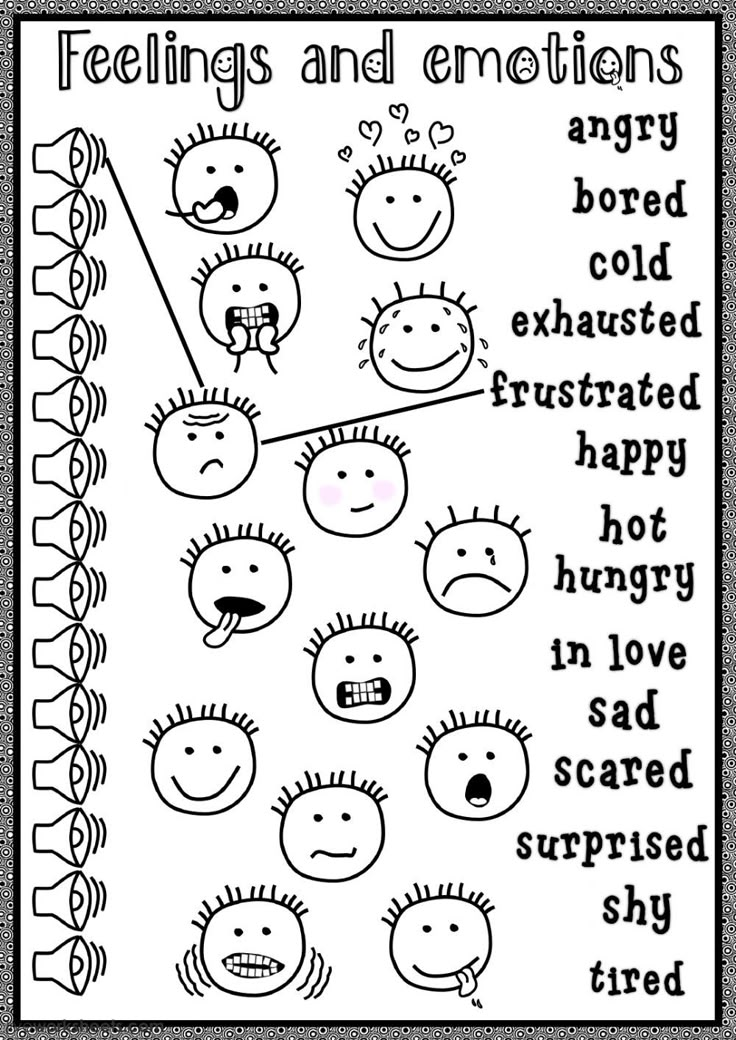
As a variation, play different kinds of music and ask children to show you, through their dancing, how the music makes them feel.
3. Emotion Drawing
Ask kids to draw a picture that explains how they feel.
Do not direct this activity too much. Rather allow children to express themselves with their own creativity. Different children will find different ways of representing their emotions.
Another way to do this is to play music (use the music from the dancing activity above) and ask your child to draw how the music makes them feel.
Tip: use clues from movies to help you choose the sounds, such as a choppy violin that’s used when a shark is approaching, or a slow, classical song that creates a sad atmosphere.
4. How Would You Feel?
Have a discussion about feelings and ask kids how they would feel in various situations.
Here are some examples of questions about feelings:
- How would you feel if…?
- How did you feel when…?
- How does it make you feel when…?
- Tell me about a time when you felt really scared.
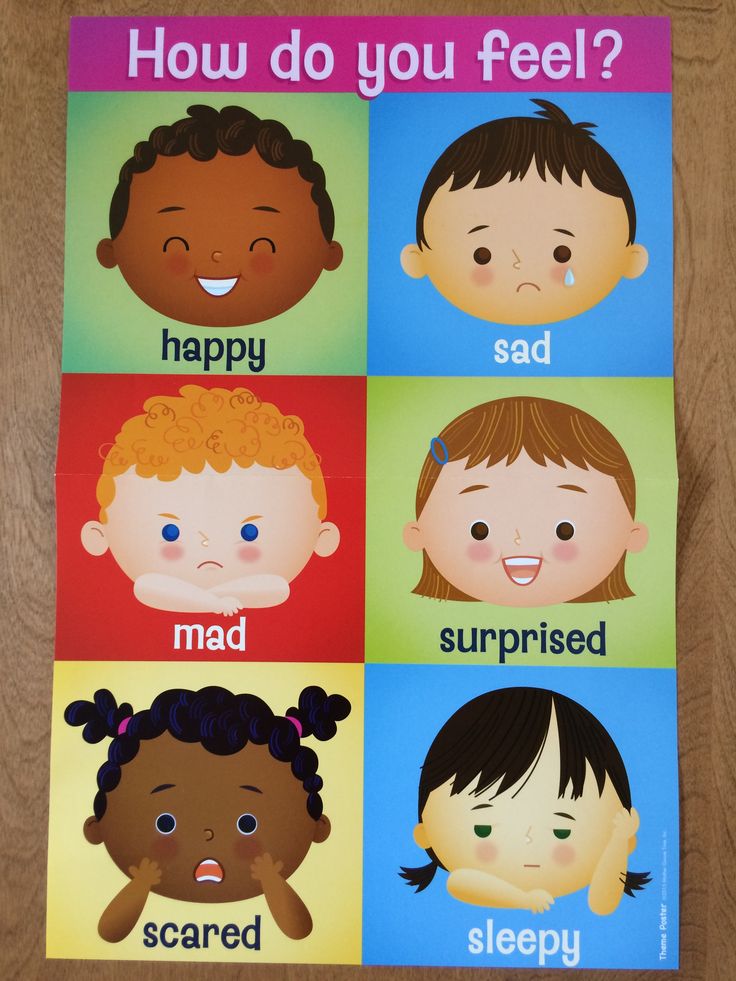
- What does mom do that makes you feel loved?
Learning to verbalize and express feelings is an important part of healthy development.
5. Paper Plate Faces
Creative art is a great way to make a physical representation of emotions.
One of the simplest emotions crafts for preschoolers is to make paper plate faces, depicting various emotions.
These can be turned into masks or you could attach a craft stick (or ice-cream stick) to the bottom and turn them into puppets for kids to use during their dramatic play.
6. Story Time
Story time is one of the easiest ways to incorporate teaching emotions. Books are filled with characters experiencing the full array of emotions and learning important life lessons.
As you read your stories in class or at bedtime, remember to ask questions about what the characters are feeling, why they are feeling that way, as well as how you would feel in the same situation.
7. Feeling Faces
Challenge kids to page through a magazine, or a storybook and identify faces that show strong emotions.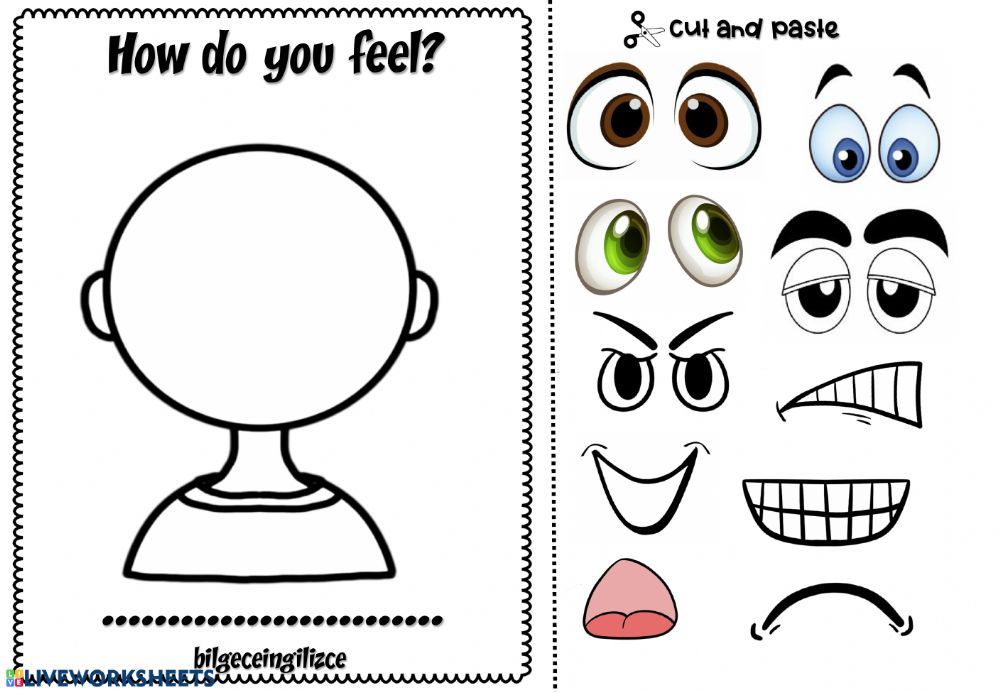 Animals’ emotions are also often clearly depicted in drawings.
Animals’ emotions are also often clearly depicted in drawings.
Cut out faces from a magazine and sort them into groups – happy faces, sad faces, angry faces, etc.
8. Emotion Songs
Music is an excellent medium for teaching skills in early childhood. These cute songs are all about emotions and kids will enjoy singing along to them.
If You’re Happy
This version of the popular song “If you’re happy and you know it” is by Super Simple Songs and it incorporates more emotions. Use these or make it up as you go along.
If you’re happy happy happy, clap your hands.
If you’re happy happy happy, clap your hands.
If you’re happy happy happy, clap your hands, clap your hands.
If you’re happy happy happy, clap your hands.
If you’re angry angry angry, stomp your feet.
If you’re angry angry angry, stomp your feet.
If you’re angry angry angry, stomp your feet, stomp your feet.
If you’re angry angry angry, stomp your feet.
If you’re scared scared scared, say, “Oh no!”
If you’re scared scared scared, say, “Oh no!”
If you’re scared scared scared, say, “Oh no!” say, “Oh no!”
If you’re scared scared scared, say, “Oh no!”
If you’re sleepy sleepy sleepy, take a nap.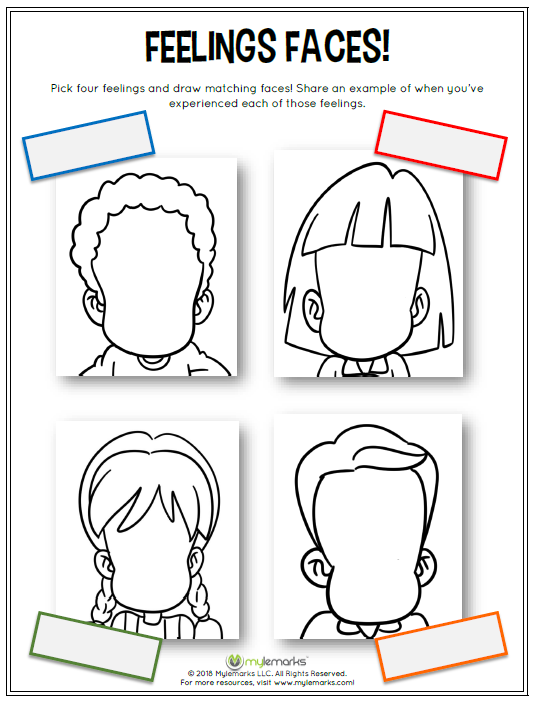
If you’re sleepy sleepy sleepy, take a nap.
If you’re sleepy sleepy sleepy, take a nap, take a nap.
If you’re sleepy sleepy sleepy, take a nap.
If you’re happy happy happy, clap your hands.
If you’re happy happy happy, clap your hands.
If you’re happy happy happy, clap your hands, clap your hands.
If you’re happy happy happy, clap your hands.
This is a Happy Face
This is a good song to introduce the topic of emotions and how our facial expression often reflects how we’re feeling.
You can listen to the tune here. Watch it and then play it in the background as you sing along and make the faces. It has great music to accompany all the emotions.
This is a happy face.
This is a happy face.
This is a happy face.
This is my happy face.
This is a sleepy face.
This is a sleepy face.
This is a sleepy face.
This is my sleepy face.
This is an angry face.
This is an angry face.
This is an angry face.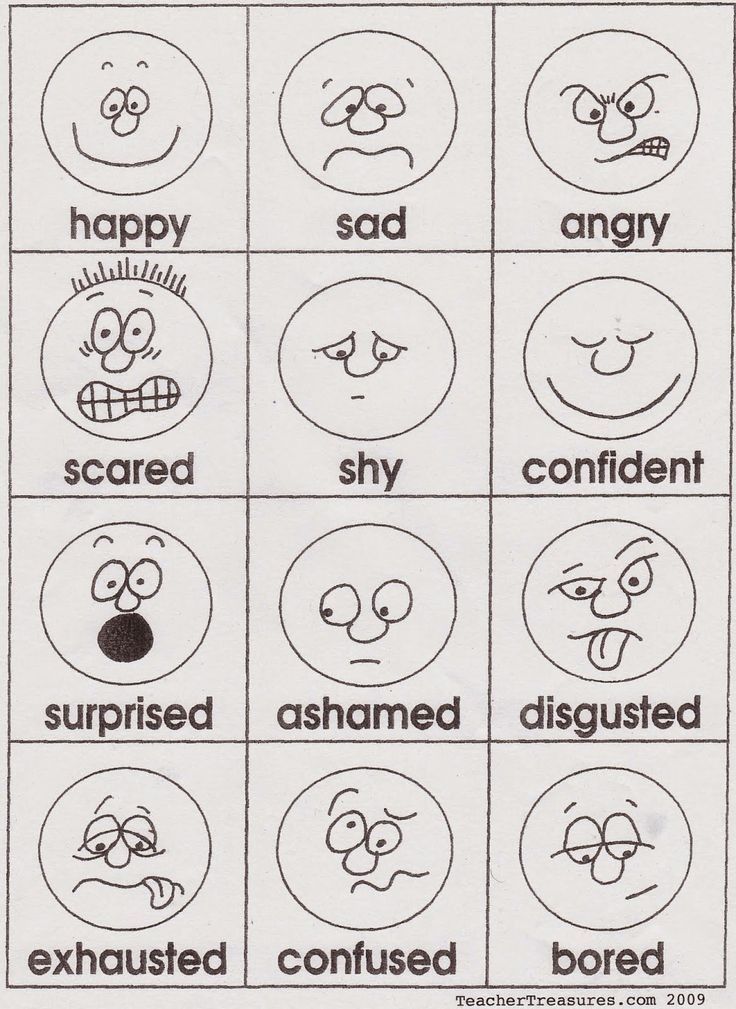
This is my angry face.
This is a surprised face.
This is a surprised face.
This is a surprised face.
This is my surprised face.
Happy. Sleepy. Angry. Surprised.
Happy. Sleepy. Angry. Surprised.
This is an excited face.
This is an excited face.
This is an excited face.
This is my excited face.
This is a sad face.
This is a sad face.
This is a sad face.
This is my sad face.
This is a nervous face.
This is a nervous face.
This is a nervous face.
This is my nervous face.
This is a silly face.
This is a silly face.
This is a silly face.
This is my silly face.
Excited. Sad. Nervous. Silly.
Excited. Sad. Nervous. Silly
“Now, let me see those faces!”
Show me your happy face.
Show me your sleepy face.
Show me your angry face.
Show me your surprised face.
Show me your excited face.
Show me your sad face.
Show me your nervous face.
Show me your silly face.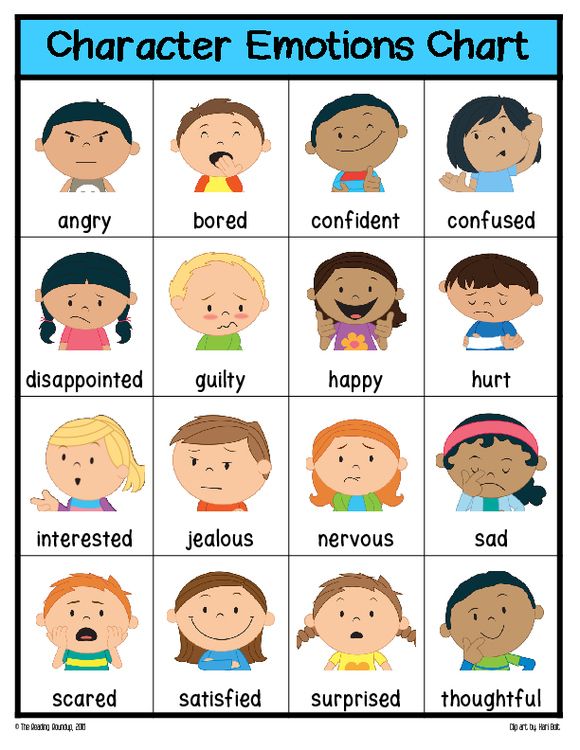
This is a happy face.
This is a happy face.
This is a happy face.
This is my happy face.
I hope you liked these simple emotions activities for preschoolers.
For more ideas, here are some social-emotional activities for preschoolers.
Get FREE access to Printable Puzzles, Stories, Activity Packs and more!
Join Empowered Parents + and you’ll receive a downloadable set of printable puzzles, games and short stories, as well as the Learning Through Play Activity Pack which includes an entire year of activities for 3 to 6-year-olds.
Access is free forever.
Signing up for a free Grow account is fast and easy and will allow you to bookmark articles to read later, on this website as well as many websites worldwide that use Grow.
- Share
45 Fun Social Emotional Activities for Preschoolers
Social-emotional learning is gaining traction in being recognized as an important part of early childhood curriculum.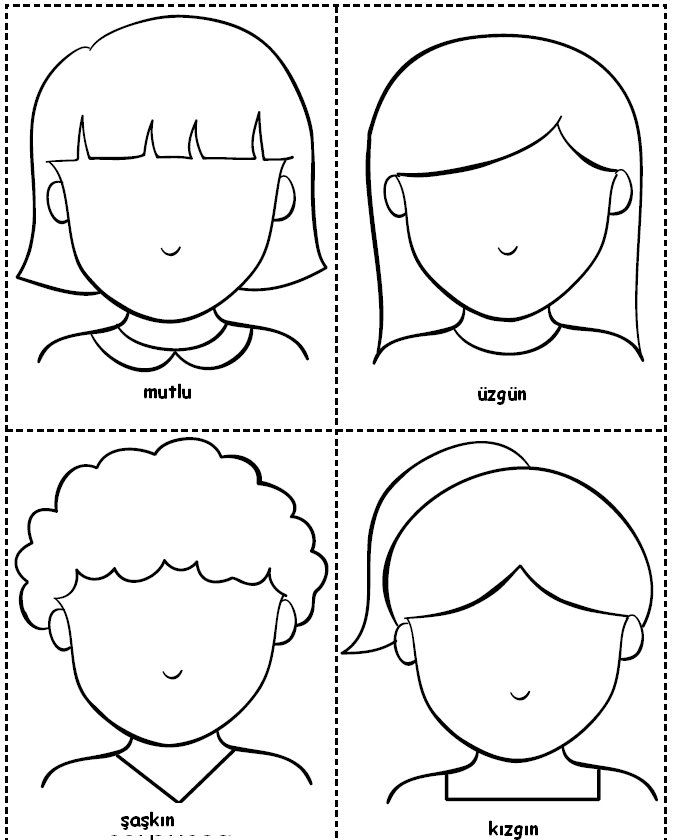 This type of learning is presented in the form of both one-on-one and group activities.
This type of learning is presented in the form of both one-on-one and group activities.
Social-emotional activities for preschoolers are wonderful tools to teach young children about their own emotions, as well as the emotions of others.
Below are some social-emotional activities that are great for the classroom, as well as the home.
1. Emotions Discovery Bottles
This set of emotions discovery bottles is Inside Out-themed, however, the set of bottles you make with your preschooler does not have to be. Have your child pick out the ingredients for each bottle and make corresponding faces to put on each one.
Learn more: Laly Mom
2. Feelings Check-in Chart
Making a chart about feelings is a helpful social-emotional tool for preschoolers. You can hang it in your classroom and, throughout the day, accompany students to the chart to practice identifying their feelings.
Learn more: Pre-K Pages
3. Stomping Out Big Feelings with Dinosaurs
Stomping out dinosaur-size feelings is a fun social-emotional activity that helps children identify their feelings and express them in productive ways.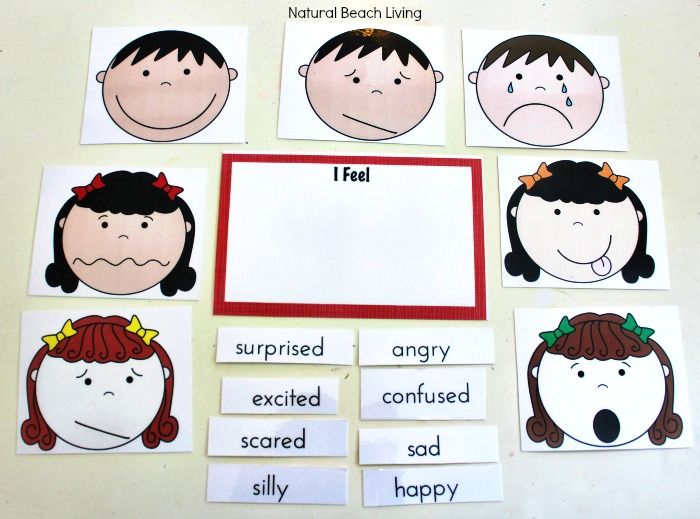 It's also a great proprioceptive activity, much like heavy work.
It's also a great proprioceptive activity, much like heavy work.
Learn more: The OT Toolbox
4. Setting Up a Calming Corner
You are probably familiar with calming corners/peace corners. They are areas in a classroom where preschoolers can go to have some quiet time - on their own terms.
Setting this area up with your students and sharing ideas on calming items and activities to use in the calming corner is a wonderful social-emotional activity.
Learn more: The Montessori-Minded Mom
5. Make a Set of Worry Dolls
Preschool-age children are not so different from adults in that some of them are worriers. Crafting a set of Worry Dolls is a great social-emotional activity that pairs well with the book, Silly Billy, by Anthony Brown.
Learn more: Happy Hooligans
6. Making Emo Dolls
Using cardboard rolls, preschoolers can help make these cute emo dolls. Each doll expresses a different emotion.
They can be used for role-playing by children to help them identify their own feelings and develop empathy for the feelings of others.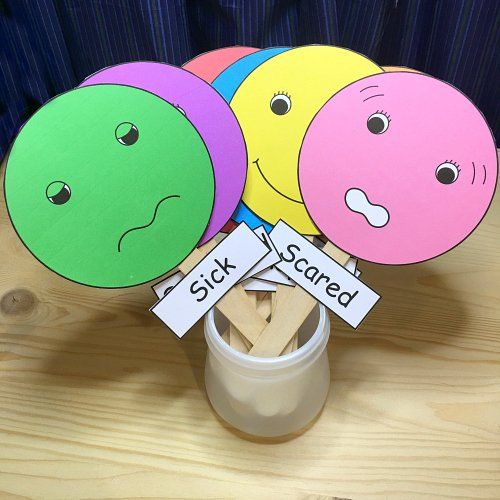
Learn more: Danya Banya
7. People Playdough Mats
This is a fun social-emotional activity for preschoolers. Using playdough, children get to make a person that represents them physically and assign emotions to them.
Viewing the facial expressions they make helps them identify their own emotions, as well as others.
Learn more: Picklebums
8. Make Emotions Masks from Paper Plates
Making emotion masks from paper plates is a fun idea that can help preschoolers express their own emotions and identify others' emotions. Since many young children are still in need of emotional vocabulary, this is a no-pressure, informal, and fun way to introduce it.
Learn more: No Time for Flashcards
9. Talk About Emotions During Morning Circle
Morning circle is an opportunity to talk about the date, weather, what's going to happen during the day, and to do music and movement activities. It's also the perfect time to talk about emotions and come up with some healthy strategies students can use throughout the day.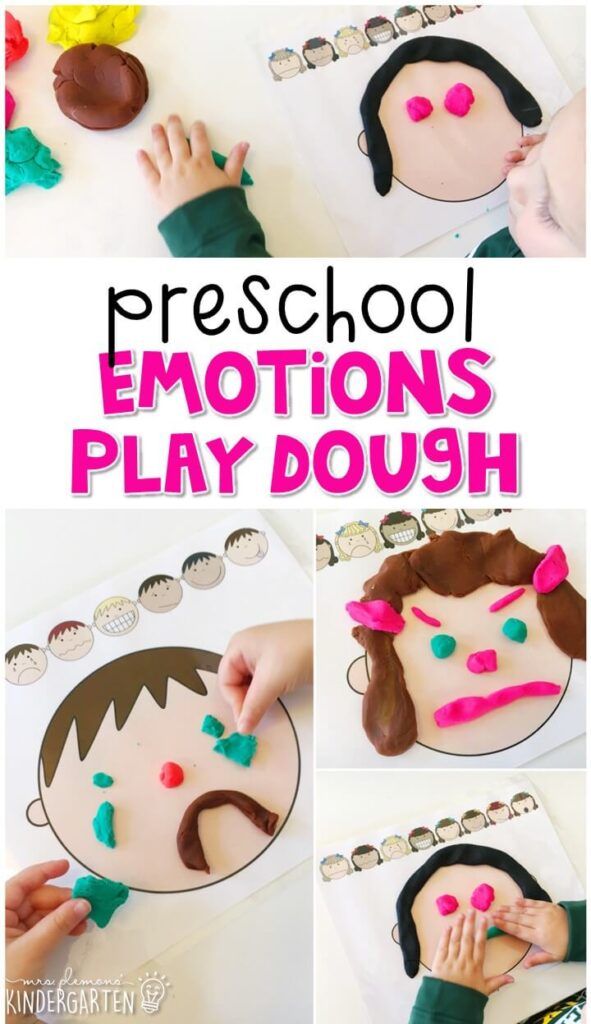
Learn more: No Time for Flashcards
10. Calming Sensory Bins
Sensory bins are a great social-emotional tool for preschoolers. They provide sensory feedback that can have a calming effect on young kids.
Preschoolers can visit a sensory bin on their own when they are feeling overwhelmed or in groups where they can talk with each other about how the bin activity makes them feel.
The lavender sensory bin linked below is just lovely.
Learn more: The Chaos and the Clutter
11. Story Telling Social Stories
Preschoolers have active imaginations and they love telling stories. Storytelling is introduced in the early childhood learning environment to help prepare children for reading.
It's great for social-emotional learning, as well.
Learn more: How We Learn
12. A Sticky Cutting Tray of Emotions
Cutting trays are appealing to preschoolers - an unrestricted space where they can cut and create.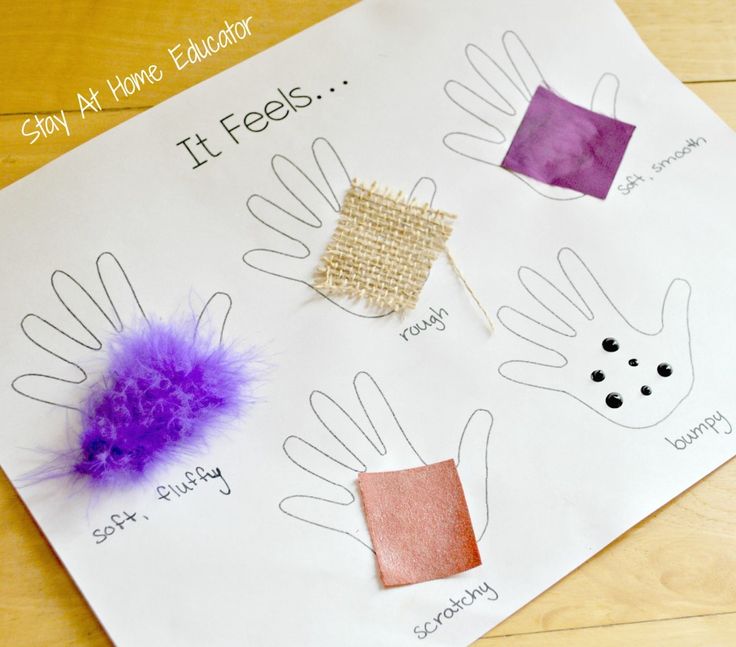 Add a social-emotional aspect to your students cutting trays by giving them magazines with close-ups of faces for them to cut out and reconstruct.
Add a social-emotional aspect to your students cutting trays by giving them magazines with close-ups of faces for them to cut out and reconstruct.
Learn more: Picklebums
13. Feeling Matching Game
Playing a matching game with feelings cards put a social-emotional spin on the classic game of memory. There is room for teachers to get creative with the "feelings challenge" when preschoolers make a match.
Learn more: Kiddie Matters
14. Emotions Guessing Game
This emotions guessing game is a lot of fun. It helps develop social-emotional skills in large or small groups.
After practicing with this game, preschoolers will be able to more confidently and accurately identify their own emotions, as well as the emotions of others.
Learn more: Childhood 101
15. Emotions Sorting Mats
Presenting an "emotions sorting mat" to preschoolers helps them better understand that different emotions can present in a variety of ways, but still be recognizable.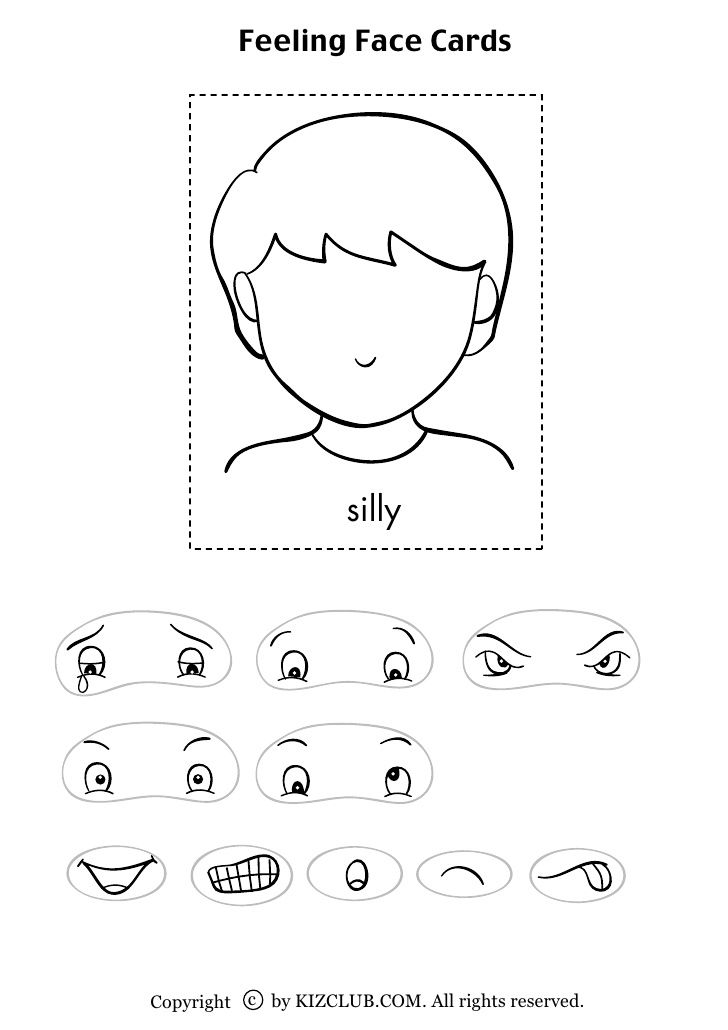
Learn more: File Folder Heaven
16. Play "Catch" a Feeling
This activity is so much fun and it's also incredibly easy to set up. All you need is an inflatable beach ball and a marker.
Learn more: Pam Dyson
17. Social-emotional Board Game
Making a social-emotional board game is a way for teachers and parents to get creative, as well as focus on the emotional skills with which their preschoolers are struggling.
Learn more: Kristina Marcelli
18. Emoji Feelings Faces
Using emojis to express emotions is an internet trend that seems to be here to stay. These cute little faces are actually great social-emotional learning tools for kids, too.
Learn more: Kiddie Matters
19. Happy and Sad Face Sorting
Sorting faces based on emotions is a fun social-emotional activity that helps preschoolers identify social cues and learn empathy. It also helps children understand that not every expression of negative emotion involves crying.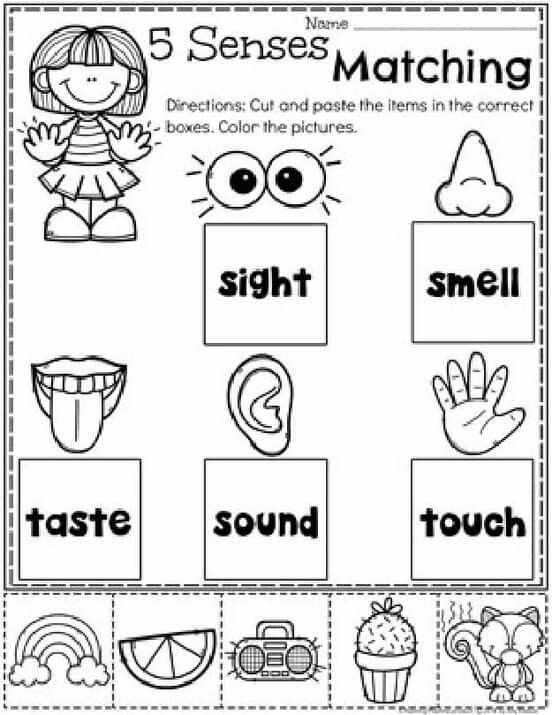
Learn more: Having Fun at Home
20. Paper Plate Feelings Spinner
This is a neat social-emotional activity for preschoolers. Making a paper feelings spinner starts out as a fun craft and ends up as a social-emotional tool that can be used again and again.
Learn more: Meaningful Mama
21. Color By Emotions by Code
Coloring emotions by code is a fun activity that helps children develop fine motor skills and learn colors - all while teaching them how to identify and name their own emotions.
Learn more: Frogs and Fairies
22. Scribble Art
Scribble art is a social-emotional activity that gives children the chance to identify, name, and express their emotions all at once.
Learn more: The Art of Education
23. Mega Block Feelings
Making Mega Block feelings is an extremely simple activity to set up. Preschoolers can match facial features to create emotional expressions.
Learn more: Twitchettes
24.
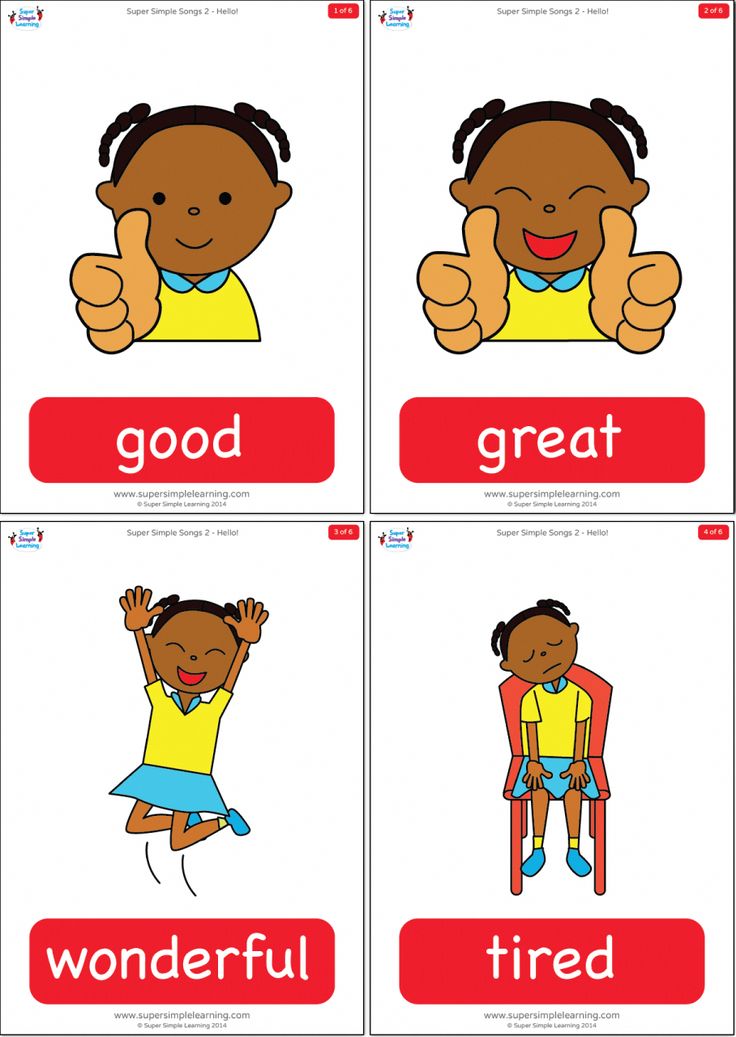 Story Stones
Story Stones Story stones have a lot of opportunities for social-emotional activities for preschoolers. One such activity is painting facial expressions and having preschoolers piece together faces and name the corresponding emotion.
Learn more: Where Imagination Grows
25. Create a Flipbook
Preschoolers have a difficult time understanding that emotions are fluid - that they can be sad, but not be a "sad person". Creating a flipbook that lets young children identify the feelings they are having at the current moment can help them understand this concept and apply it to others.
Learn more: The Mad House Mummy
26. Make a Thumbs Up, Thumbs Down Jar
A thumbs-up, thumbs-down jar is a really neat activity that helps preschoolers consider how their actions can make other people feel in a fun, no-pressure, no-shame way.
Learn more: Things to Share and Remember
27. Making a Self-portrait
This is another fun self-portrait activity.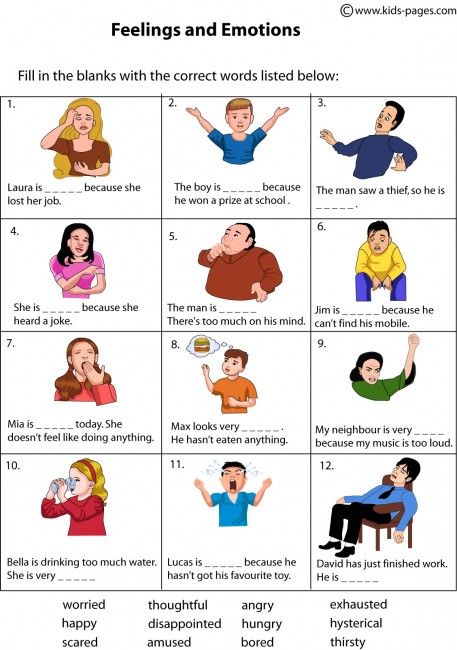 This one has preschoolers look in a desk mirror while they express an emotion. Then, they are to draw a portrait of themselves.
This one has preschoolers look in a desk mirror while they express an emotion. Then, they are to draw a portrait of themselves.
Learn more: Still Playing School
28. Fishing for Feelings
Playing a fishing game to learn social-emotional skills is a perfect idea for preschoolers. This game can be played in so many different ways and as a one-on-one activity, or as a group.
Learn more: Little Page Turners
29. Feelings Hop
Preschoolers benefit from social-emotional learning as much as they do from gross motor activities. Combining the two is a great idea for social-emotional activities for preschoolers.
Learn more: Kiddie Matters
30. Make a Feelings Jar
Making a feelings jar is a beautiful idea for teaching emotional regulation and social-emotional skills to preschoolers. This activity works well in groups or as a one-on-one activity.
Learn more: Mosswood Connections
31. Feelings Slap Game
This is a fun card game that teaches social-emotional skills by helping preschoolers identify and name different emotions.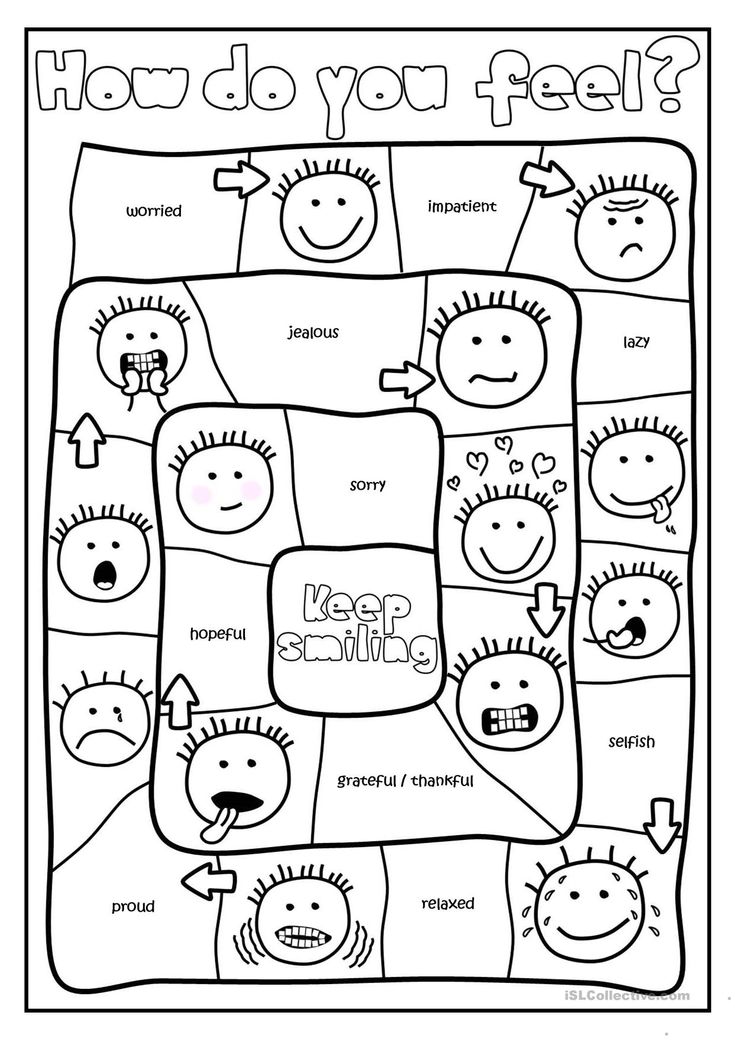 This game can be played in small groups or emotions can be called out to students at their spots on the rug.
This game can be played in small groups or emotions can be called out to students at their spots on the rug.
Learn more: Kiddie Matters
32. Rainbow Breathing
Improve focus, self-control, and mindfulness in the classroom while practicing breathing techniques that will also improve motor skills.
Learn more: The OT Toolbox
33. "I Can Show Kindness"
Worksheet with images that gives suggestions of ways students can show kindness in their home and community.
Learn more: Teachers Pay Teachers
34. The Gratitude Game
Using colored sticks or candies, students will choose a color, then have to express gratitude related to the color. It gets students to appreciate little things and others in their daily lives.
Learn more: Seattle's Child
35. Practice Social Interaction
Help kids learn how to work through specific social scenarios by using social stories to practice these interactions.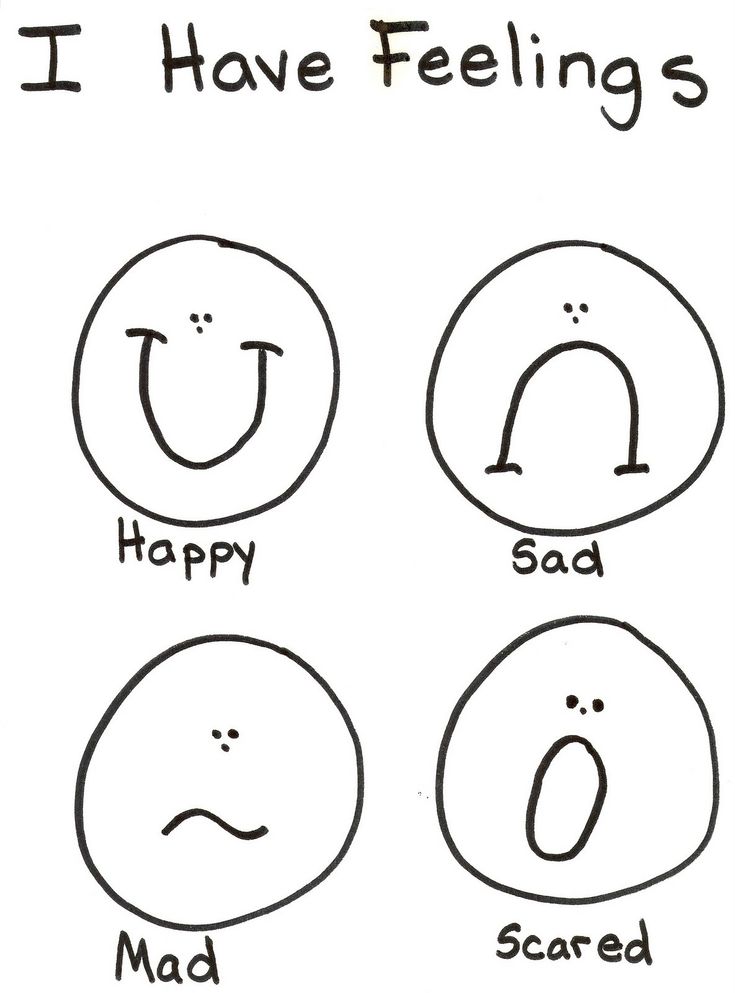
Learn more: Whimsy Workshop Teaching
36. Impulse Control Cards
Great for preschool children who are impulsive. This is a simple game that uses images and speech to "stop and think" before calling out the answer.
Learn more: The Dabbling Speachie
37. Good Friend
This sort and paste activity teaches students the difference between a good and a bad friend through concrete examples.
Learn more: Keeping My Kiddo Busy
38. Spatial Awareness Puzzle
Let students show their artistic expression while learning about spatial awareness. Using an outline of a simple shape and objects found in nature, children will create a puzzle that fits the objects inside the border.
Learn more: Little Pine Learners
39. Reading Body Language
This game uses images to help students identify the meaning of body language.
Learn more: Annie's Classroom
40.
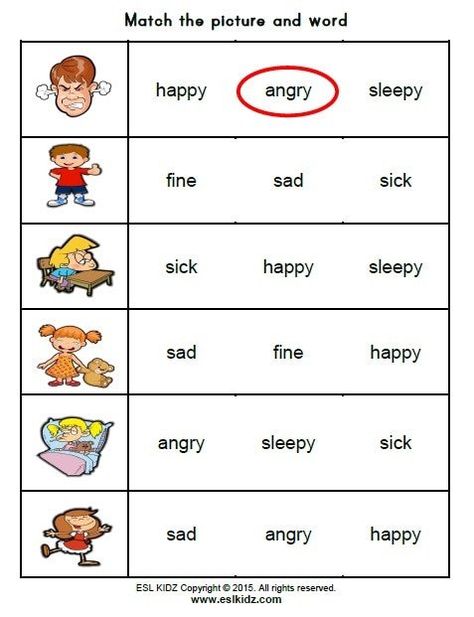 Calming Kit
Calming Kit Create a calming kit for children to use when they are upset. The kit will teach them how to self-regulate and build calming skills for when an undesirable feeling comes.
Learn more: Perfection Pending
41. Learn Through Literacy
Teach children about the concept of charing through the read-aloud text, "The Doorbell Rang", which also introduces them to basic math skills.
Learn more: Pre-K Pages
42. Identify Body Feelings
Children identify an emotion and then use images to relate it to how it makes their bodies feel. It helps students not only be conscious of their emotions, but also aware of how their body reacts.
Learn more: The Responsive Counselor
43. Alphabreathes
This book is a fun way to teach a variety of breathing strategies to students created by a psychologist and appropriate for toddlers. It relates the different strategies to a familiar object and letter of the alphabet.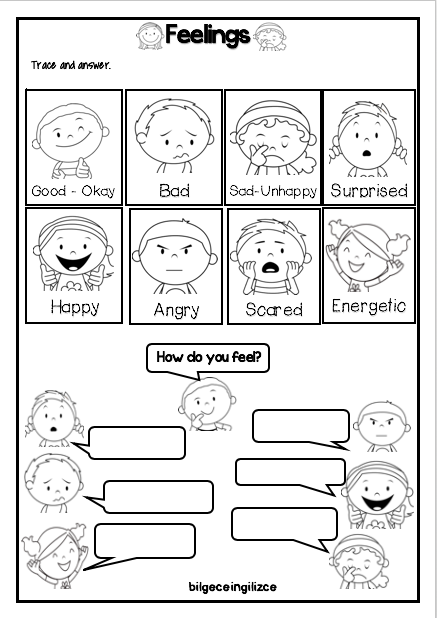
Learn more: Mindful Schools
44. Puppet Play
Children learn about strong emotions through interactions between the puppets. You can also have them create their own puppets that they identify with.
Learn more: Raising Children
45. Build A Flower Emotions
Support students in identifying different emotions by using this adorable sort and match game.
Learn more: Frogs and Fairies
Frequently Asked Questions
What are some social-emotional activities?
The above list has many great social-emotional activities. In addition to the above activities, role-playing with a caregiver also teaches many important social skills and emotional skills.
How do you teach emotions?
Emotions can be taught in many ways. Books, conversations, and social-emotional activities are all great ways to teach emotions.
What are examples of social activities?
Social activities are activities such as group art projects, pretend play involving serving or helping, and circle time group activities.
Games and exercises for the formation of the ability to express emotions
The beginning can be found in the article "Games and exercises for the formation of knowledge about emotions"
Pictograms allow you to fix children's ideas about human emotions . Children should consider pictograms and drawings depicting various facial expressions, compare them. It is worth paying attention to the expression of the eyes, the location of the corners of the lips, the chin, and the like. An adult must explain that, despite the dissimilarity of people among themselves in age, appearance, expression of their faces, they are sometimes similar. This happens under certain circumstances: at the moment when people are happy, sad, scared, angry. When demonstrating pictograms, children should pay attention to the fact that the face is drawn on paper using geometric shapes (square, circle), dots, lines. Such a drawing is a conditional image. A more accurate image of a person's face is conveyed by photographs.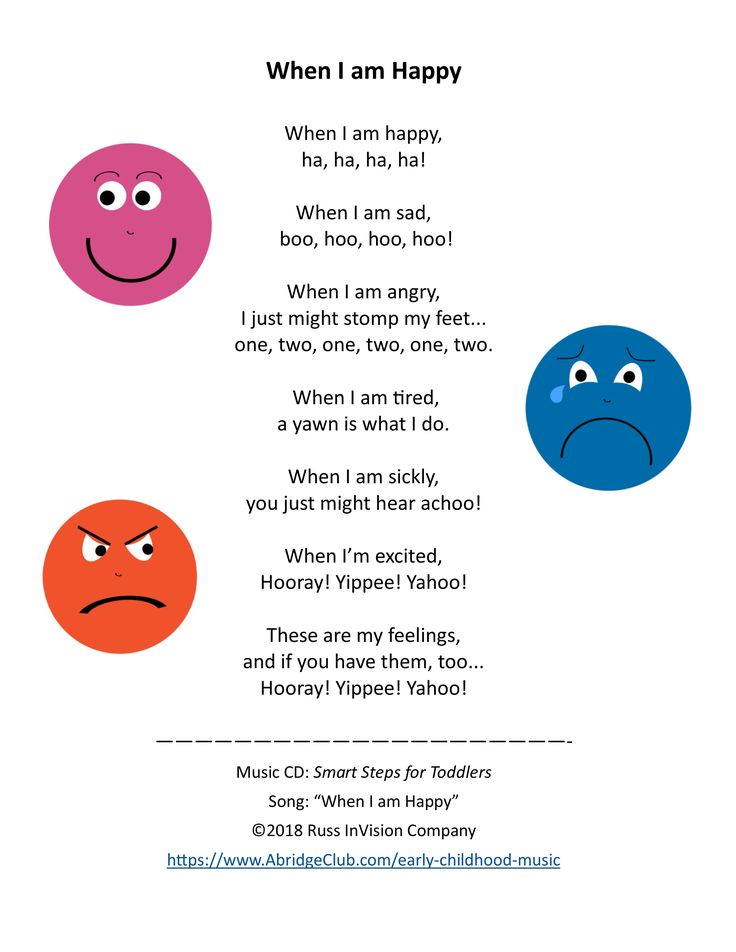 In addition, you can see yourself in the mirror, in the ponds. Before there were still cameras, people drew pictures, which also depicted their own face or the face of their relatives.
In addition, you can see yourself in the mirror, in the ponds. Before there were still cameras, people drew pictures, which also depicted their own face or the face of their relatives.
Gradually, preschoolers will learn to use pictograms to determine their own mood, the mood of their parents, relatives, adults who are not indifferent to them.
Exercise "Choose the right"
The child (children) examines cards with images of emotions. An adult conducts a conversation with her (him) and offers to complete the task.
Task: listen carefully to the adult's message and use it to determine which card best suits the situation:
What will happen to a bear that has been bitten by bees?
How do you feel when others treat you affectionately, smile, say nice words?
How does a boy feel when he breaks his favorite toy?
How does a girl feel when she sees a sick cat on the street?
How does a grandmother feel when her grandchildren give her a bouquet of flowers?
How do you feel when children call you "bad" words?
How does a bunny feel when a fox is chasing it?
How does a boy feel when his socks are soiled by other children
How does a boy feel when he is lost?
How does the boy feel after being treated to something delicious?
How would a person who was attacked by an angry dog feel?
How does a boy feel when he cannot fasten a button?
How do you feel when other children don't take you to play?
How does a girl feel when she sees that other children have destroyed the sand house she made?
How do you feel when you manage to draw a beautiful drawing?
Psychologist's conversations with children on the topic of emotions
Explanations and conversations should be carried out by adults systematically.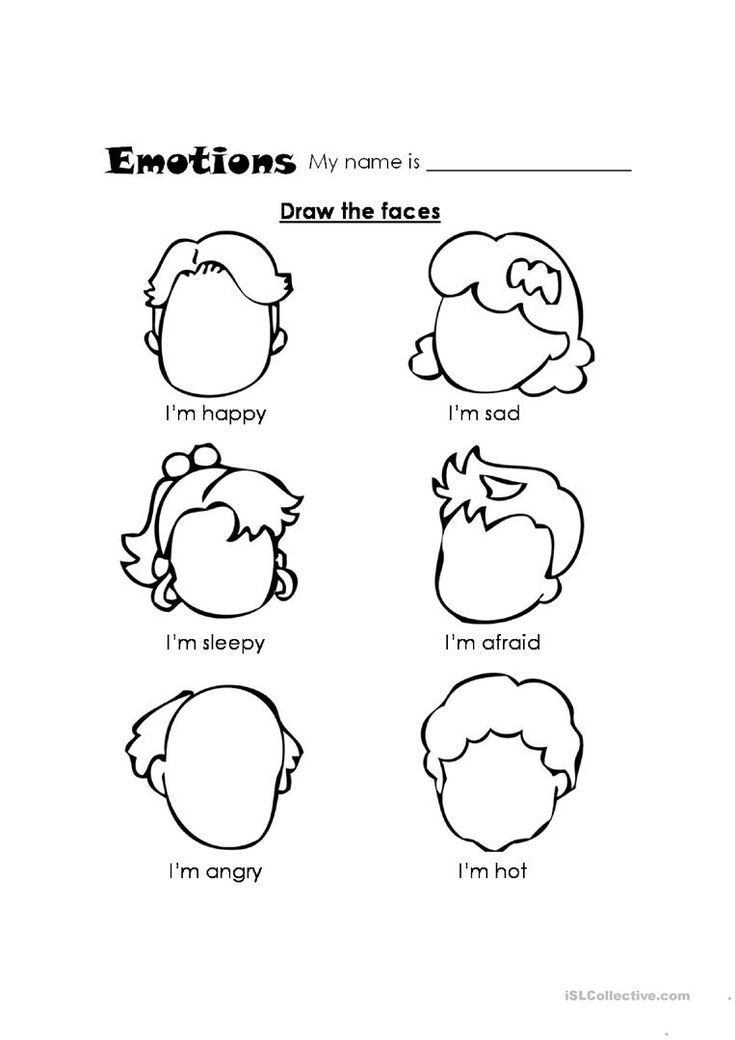 When informing a child, information should be repeated, consolidated and consistently disseminated. For children of younger preschool age, the duration of the conversation is indefinite. In kindergarten, conversations should be conducted individually or in small groups. Targeted preventive conversations with those children who constantly violate the rules of interaction with peers who are aggressive and prone to manifestations of violence will also come in handy.
When informing a child, information should be repeated, consolidated and consistently disseminated. For children of younger preschool age, the duration of the conversation is indefinite. In kindergarten, conversations should be conducted individually or in small groups. Targeted preventive conversations with those children who constantly violate the rules of interaction with peers who are aggressive and prone to manifestations of violence will also come in handy.
In educational work, it is desirable to systematically use conversations about the basic emotions of a person, their characteristics, and the events that caused them. Talking with a child about the feelings of an adult will allow him to realize that there are things in the world that do not leave indifferent - through them a person rejoices, sad, surprised. It should be emphasized that joy, surprise, sadness and anger are natural sensations of a person at any age, and it should be emphasized that it is not the emotions themselves that are condemned, but the actions that accompany them.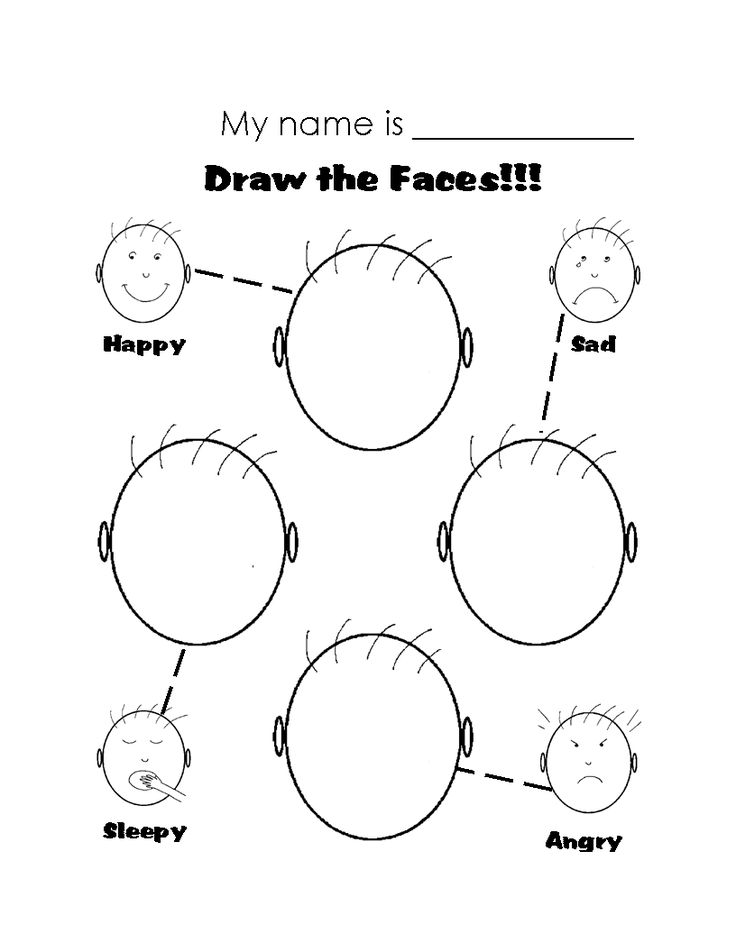
During the conversation, the child is not only enriched with knowledge. Conversations become an integral part of relationships and relationships with an adult: the child realizes that he is understood, he is not indifferent to another person, his feelings are significant.
We emphasize the importance of explaining to a younger preschooler the peculiarities of a person's emotional response. The child must realize that an adult, just like him, is upset, angry, offended, happy.
He may be in a good or bad mood. It is necessary to pay attention to the fact that the mood is transmitted to other people: sadness or anger from one person passes to another. Therefore, it is better to share pleasant impressions, joy, smiles than to “infect” each other with sadness and rage. It is equally important to explain why different people react differently to the same events. For example, if a toy is lost, it will cause despair and sadness in one child, anger and rage in another.
It is worth paying the attention of preschoolers to how people react to various events.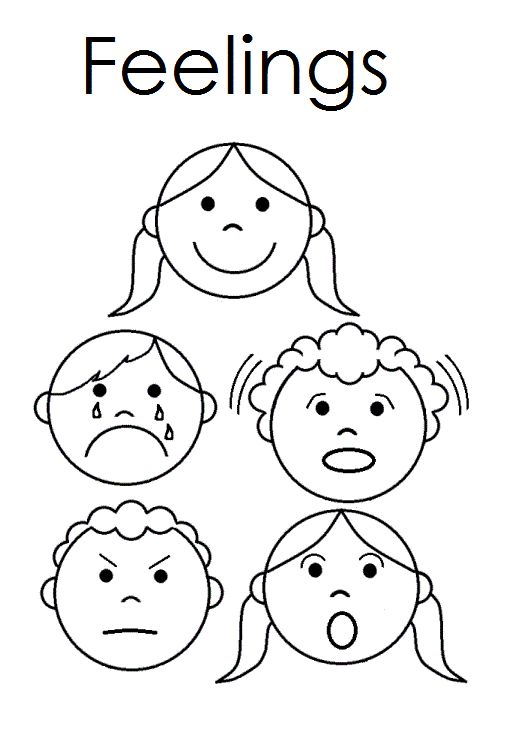 Choose moments when peers most clearly show emotions, and give the opportunity to observe their emotional expression.
Choose moments when peers most clearly show emotions, and give the opportunity to observe their emotional expression.
When should the interview be conducted?
It is definitely impossible to answer this question. The guideline should be the situation and the needs of the child himself: his desire to expand his own ideas, get clarifications, advice, help.
The only thing that should not be done is to have conversations with one child every day at a strictly defined time. In addition, it is important to prevent the conversation from becoming instructive notation.
Indicative topics of conversations:
- "Affectionate name",
- "Different people - different faces",
- "Human movements",
- "Pleasant - unpleasant" and others.
Exercise "Affectionate name"
Children form a circle around an adult and take turns saying their name. Repeating it together with others, the adult pays attention to what the child who named himself has: appearance (color of hair, eyes, lips, etc.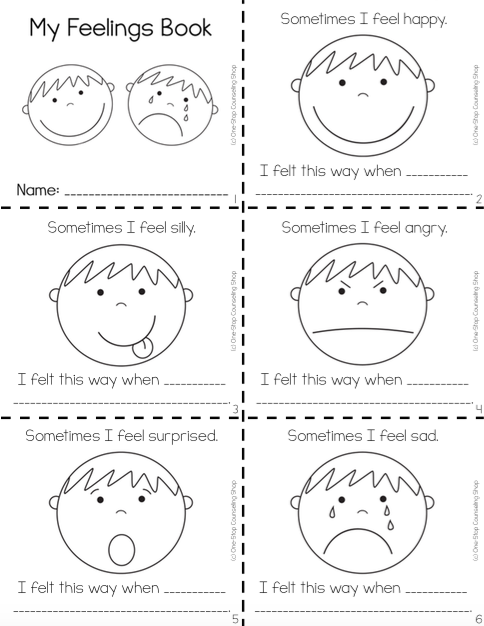 ), clothes, mood. Other children greet the child, sincerely smile, gently touch him, looking into his eyes. An adult asks the pupils how to address the child in a different way without changing his (her) name (Elena - Alena - Lenochka). After listening to peers, the child tells how close adults address him, how his family members call him (Sun, Bunny, Asterisk).
), clothes, mood. Other children greet the child, sincerely smile, gently touch him, looking into his eyes. An adult asks the pupils how to address the child in a different way without changing his (her) name (Elena - Alena - Lenochka). After listening to peers, the child tells how close adults address him, how his family members call him (Sun, Bunny, Asterisk).
An adult asks who in the family is called by the same name, if there is such a child in the circle, then both children go to the center of the circle: other preschoolers must find similarities between them.
Exercise "Different people - different faces"
An adult offers to carry out an extremely important "research": close your eyes, touch your own nose, forehead, cheeks, hair with your fingertips, turn your head to the side, open and look at your neighbor first with your right, then with the left eye. An adult focuses on the fact that different people have different faces. Looking closely at those who surround you, you can see that some have big eyes, others have small ones, some have plump lips, others have narrow ones.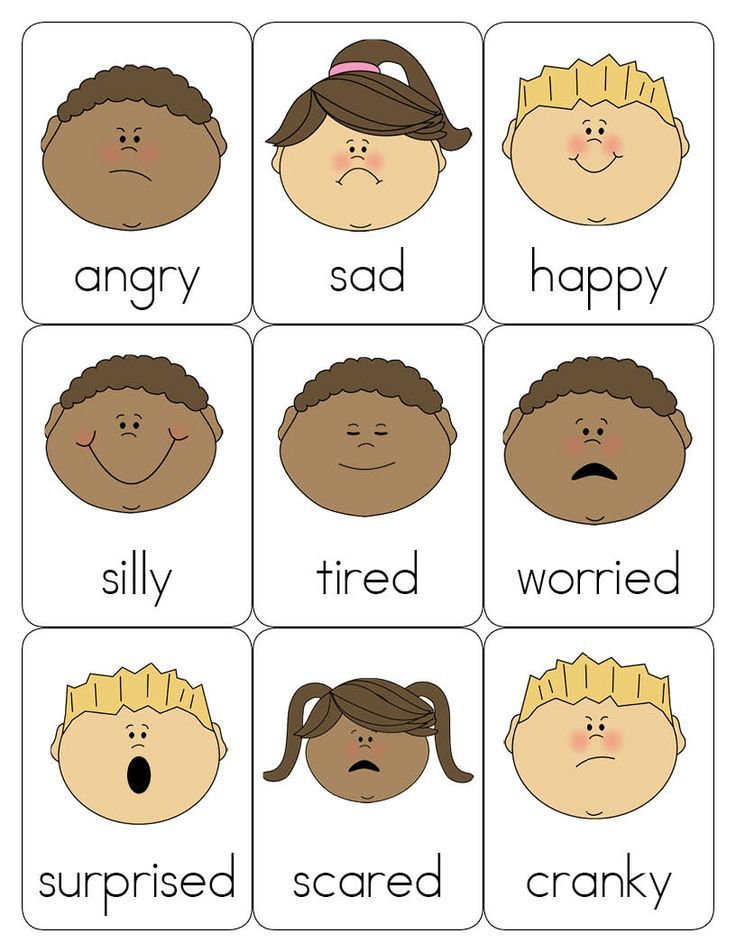 There is similarity and dissimilarity in the size and color of the eyes, cheeks, lips, their location. These features distinguish one person from another and make it possible to remember him.
There is similarity and dissimilarity in the size and color of the eyes, cheeks, lips, their location. These features distinguish one person from another and make it possible to remember him.
In addition, people have different facial expressions. Facial expression, like a New Year's mask, a person can change at will. Everyone decides for himself what expression he likes, he will have a joyful face or dissatisfied. The child should be explained that the sensation affects the appearance of a person: a joyful person is calm, his eyes “glow”, his voice is quiet, movements are balanced, shoulders are straightened, lips are “stretched” into a wide smile. Feeling joy, a person claps his hands, sings, dances. A sad person is restless, lethargic, has eyes half-closed, wet from tears, a quiet voice, pursed lips. Sad, he tries to avoid communication with others, remains alone.
A person has a special facial expression when there is dissatisfaction, resentment. The fact that a person feels anger is evidenced by his frowning eyebrows, narrowed eyes, clenched teeth, lowered corners of the lips.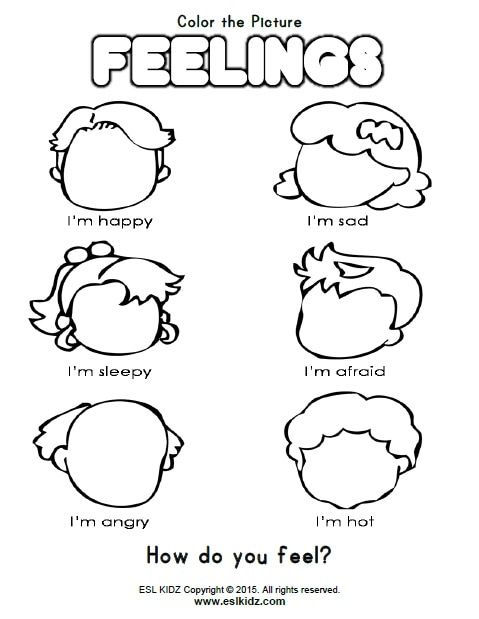 Anger causes tension not only in the muscles of the face, but also in the body: the arms are bent at the elbows, the fingers are clenched into a fist.
Anger causes tension not only in the muscles of the face, but also in the body: the arms are bent at the elbows, the fingers are clenched into a fist.
Inviting children to carefully look at each other's faces, an adult pays attention to the facial expression of the neighbor(s) on the left, on the right, opposite. On the count of three, each child shows a different facial expression.
Exercise "Pleasant - unpleasant"
During the conversation, it should be explained what each person is capable of experiencing. His feelings are both pleasant and unpleasant. It is interesting to know what is pleasant for you, your loved one, your parents. Pleasant and unpleasant can be people, animals, objects, events.
If you gently touch another, it causes pleasant sensations (an adult gently touches, strokes each child), if you behave rudely, for example, tightly squeeze a person’s hand, it is unpleasant and can even cause pain. Under such conditions, the facial expression of a person shows what he feels and whether he likes it.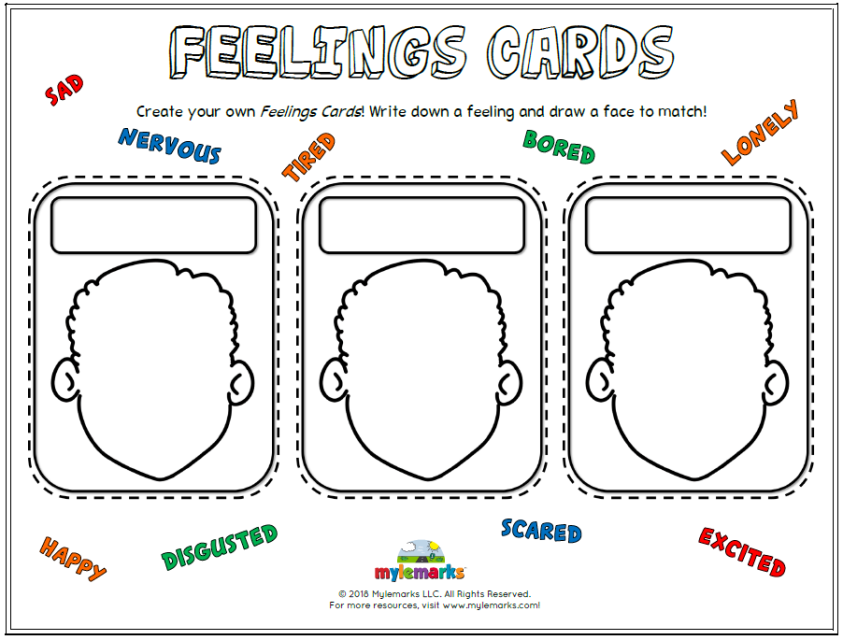 It is imperative to explain to younger preschoolers that, in addition to touching, a person reacts to the words of others, the tone of conversation and their behavior. Unpleasant words, offensive comparisons also cause discontent, indignation. And yet - each person is quite sensitive to the strength of the voice of another person, the chirping and singing of birds, the cries of animals, the sound of musical instruments.
It is imperative to explain to younger preschoolers that, in addition to touching, a person reacts to the words of others, the tone of conversation and their behavior. Unpleasant words, offensive comparisons also cause discontent, indignation. And yet - each person is quite sensitive to the strength of the voice of another person, the chirping and singing of birds, the cries of animals, the sound of musical instruments.
Exercise “Human Movements”
An adult draws attention to the need for a person to change the position of the body. Emphasizes that every child loves to play, jump, run, dance. Since it is very difficult to stand or sit in one position for a long time, you have to constantly change the position of body parts (arms, legs, head, torso, neck). Children are invited to stand on one leg and freeze (feel how comfortable / uncomfortable it is), jump, dance, stomp, spin (circle around a chair, toys), in pairs.
It is appropriate to ask the question: “do other children see nothing, just like you, when you close your eyes?”
Be sure to pay attention to the fact that it is possible to move without colliding.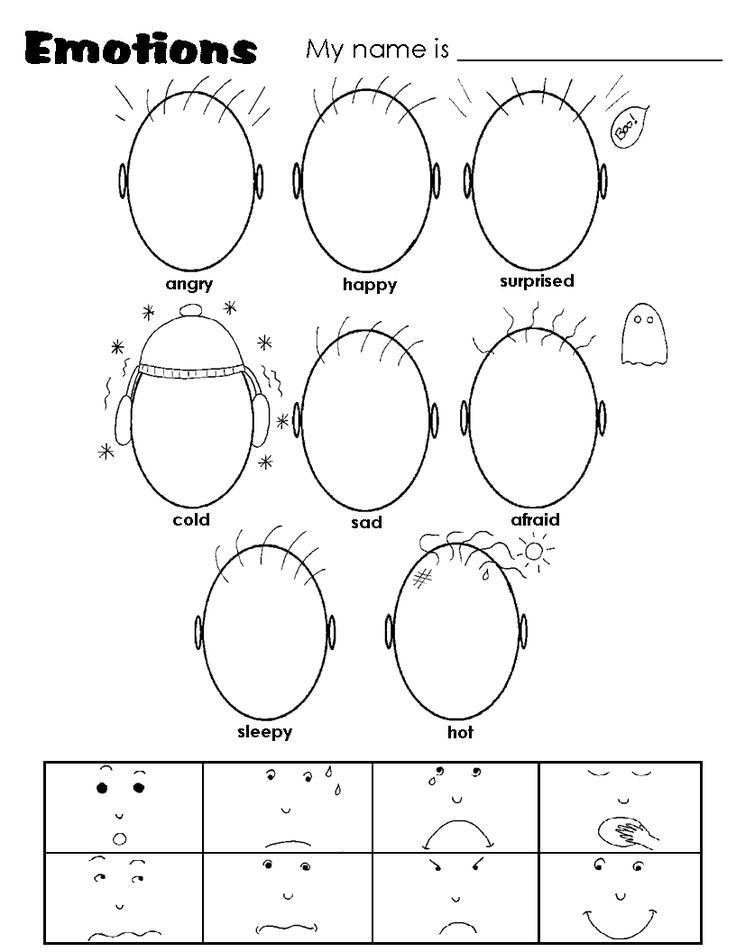 Sometimes a person gets into the crowd. Among a large number of strangers, it is extremely important to be observant, attentive. If you do not take into account the direction of movement of people around, you can harm yourself and another person. An adult notes that pushing, touching another, even accidentally, can cause inconvenience, cause pain, which, in turn, causes irritation, indignation, anger. Of course, this can be avoided if you pay more attention to your own movements, develop body flexibility, receptivity.
Sometimes a person gets into the crowd. Among a large number of strangers, it is extremely important to be observant, attentive. If you do not take into account the direction of movement of people around, you can harm yourself and another person. An adult notes that pushing, touching another, even accidentally, can cause inconvenience, cause pain, which, in turn, causes irritation, indignation, anger. Of course, this can be avoided if you pay more attention to your own movements, develop body flexibility, receptivity.
It should be noted that a person moves not only for his own pleasure. Movements of hands, fingers, tilt of the head, torso help people nearby understand his well-being.
A person's age also affects his movements. A small child, an adult and an elderly person move differently. Thus, the gestures of an adult who feels well are clear and expressive. Children should think about why older people are not as skillful as little children.
Pay attention to the fact that the gestures of boys and girls differ from each other.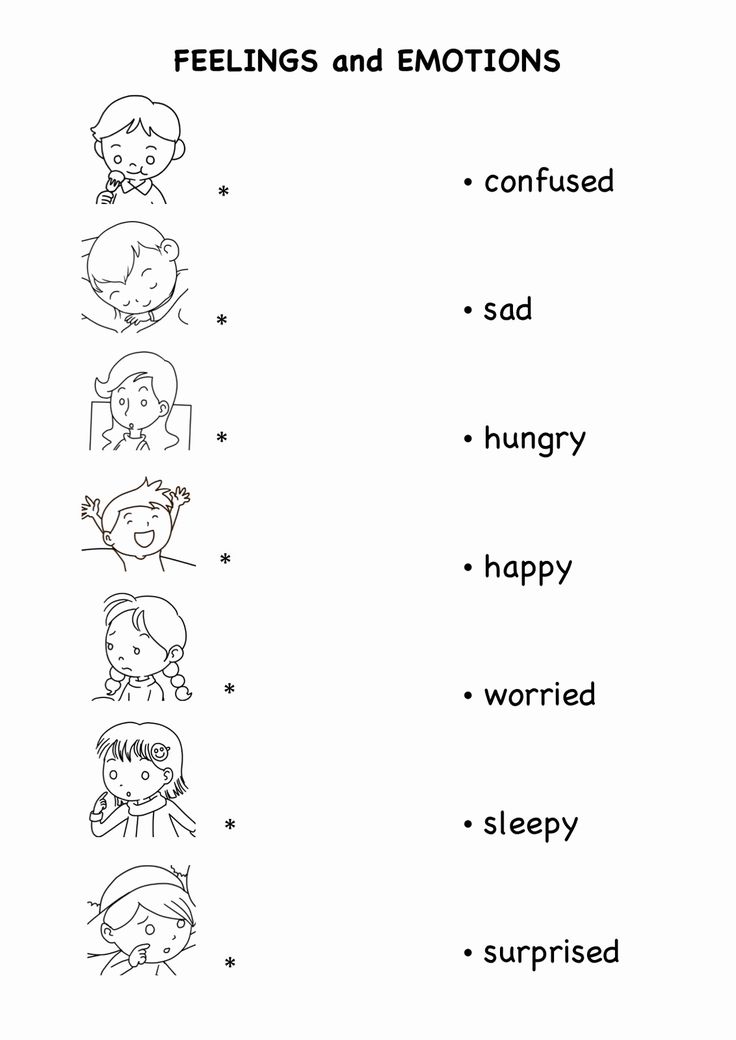 The latter move with ease, smoothly. Boys' movements are sharper. It is worth comparing the movements of people and animals. A person who feels threatened, scared, unsure - closes his eyes, trying to hide his face. This is exactly what a huge bird does - an ostrich, hiding its head in the sand, or a monkey that climbs high on a tree and closes its eyes with its paws. If a person is joyful and contented, he claps, bounces, spins. And in this case, his behavior, postures, gestures resemble the actions of representatives of the animal world. For example, a swan dances on the water, a dog bounces on the spot.
The latter move with ease, smoothly. Boys' movements are sharper. It is worth comparing the movements of people and animals. A person who feels threatened, scared, unsure - closes his eyes, trying to hide his face. This is exactly what a huge bird does - an ostrich, hiding its head in the sand, or a monkey that climbs high on a tree and closes its eyes with its paws. If a person is joyful and contented, he claps, bounces, spins. And in this case, his behavior, postures, gestures resemble the actions of representatives of the animal world. For example, a swan dances on the water, a dog bounces on the spot.
When conducting conversations, it is necessary to help the child find answers to the following questions:
When does a person rejoice?
When is it scary?
When does a person cry?
What makes people smile?
When does a smile appear on the face?
Who do you enjoy talking to?
Who in the family always makes you happy and who makes you sad?
class="eliadunit">
Can an evil person be beautiful?
What was the most pleasant thing in life?
Which of your friends has a beautiful voice?
How can you please others?
How can you upset a loved one?
Indicative options for a psychologist's conversation with children
"MOOD" conversation
1.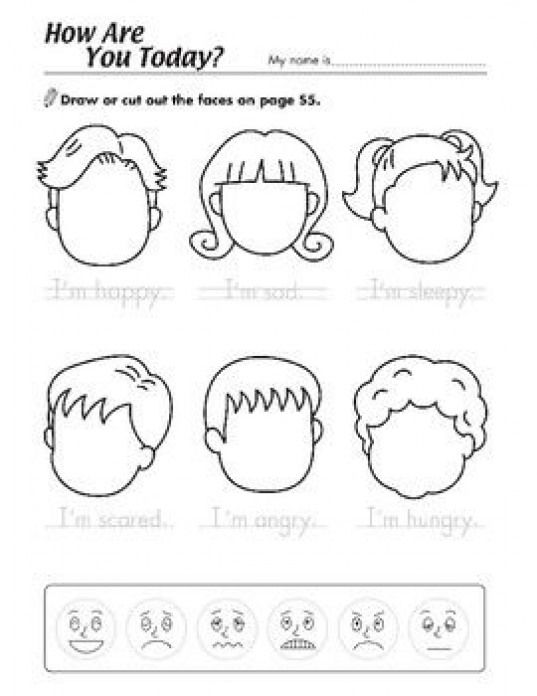 What does it mean to "feel good"?
What does it mean to "feel good"?
2. How do you know what mood you are in?
3. When are you in a good mood?
4. Who spoils your mood?
5. How do you feel now? Why?
6. Can you help improve mood? How exactly?
WISH conversation
1. What do you want most?
2. Is this wish feasible? Why?
3. How would you feel if it actually came true? Why?
4. On whom does the fulfillment of this desire depend?
5. What do you most dislike? Why?
6. What can you do to prevent unwanted things from happening?
Love Conversation
1. What does it mean to love?
2. How to recognize a person who loves?
3. Who do you love? Why?
4. Who loves you? Why?
5. How do you know that you are loved?
6. Do you love yourself? For what exactly?
7. Why don't you like yourself?
8. Who do you not love? Why?
9. Who doesn't love you? Why?
10.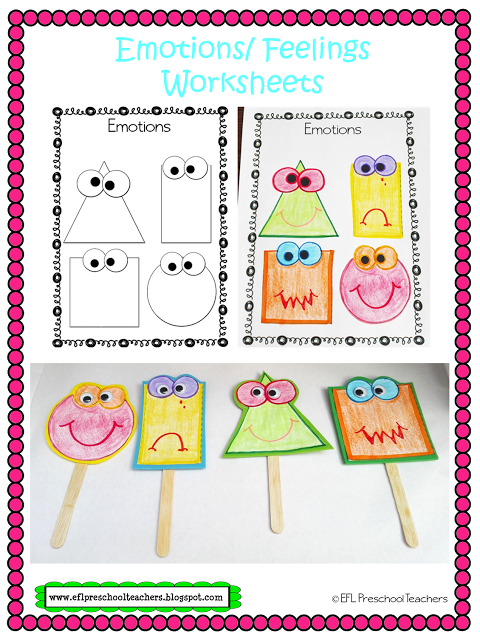 Is it possible to live without love?
Is it possible to live without love?
11. What is the difference between feelings of attachment, sympathy, camaraderie, falling in love, love?
HUMAN LIFETIME conversation
1. How old do you think you will live to be?
2. What important thing happened to you when you were little?
3. What interesting thing happened to you today?
4. What pleasant - unpleasant events can happen to you:
a) in the near future?
b) when will you finish school?
c) when will you be an adult?
d) when will you turn into an old man?
Conversation “THE VALUE OF LIFE”
1. Are you satisfied with your life? Why?
2. What is the most precious thing in life for you?
3. Do you have personal plans? What?
4. What in life depends on you?
5. What did you achieve on your own?
6. What is needed to win?
7. Are you a good person? Why do you think so?
8. Why are you special?
9. How is it similar to others?
How is it similar to others?
10. What did you do according to your conscience?
Organize individual topical conversations from time to time, aimed at helping the child become aware of his experiences and, over time, learn to regulate them. This is necessary because it gives an understanding of the inner world of each child (topics: "Mood", "Desire", "Fears", "Joy", "Respect", "Love", "Resentment", "Duty" ...)
To enable the child to free himself from fear, tension, negative experiences by drawing (with paints, pencils, crayons ...) (topics: "Home Alone", "I had a dream", "My fear", "My worries" .. .)
To expand the idea of the world of human feelings - joy, interest, grief, sadness, suffering, contempt, fear, shame, guilt, envy, grief, anger, conscience.
Pantomimic etudes in the work of a psychologist
Performing pantomimic etudes allows you to freely express your own feelings, promotes the development of expressive movements.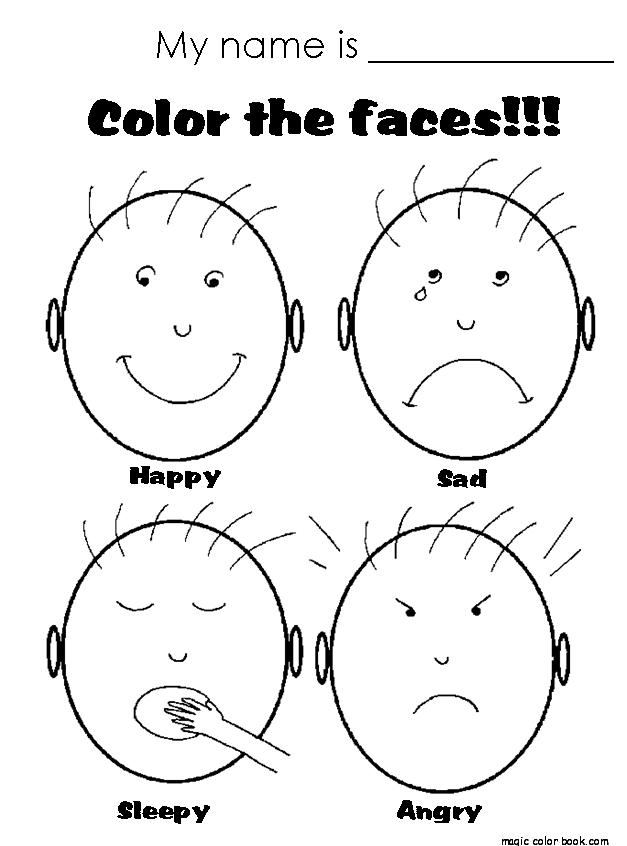 You should not focus on the angularity of the child, the lack of expressiveness, the dissimilarity of his movements with the movements of the character she has chosen. An adult must understand that a younger preschooler is only learning to focus on himself, weaken his muscles, and show flexibility. It is important to notice shifts in a positive direction, highlight and emphasize the positive points “yesterday you were not able to do it, but today you succeeded, you are great”, “it used to be not as similar as it is now”, “today is much better than yesterday” , "you tried, and it became more convincing, I'm sure next time it will be even better." Observation, flexibility, perseverance, diligence of the child should be emphasized.
You should not focus on the angularity of the child, the lack of expressiveness, the dissimilarity of his movements with the movements of the character she has chosen. An adult must understand that a younger preschooler is only learning to focus on himself, weaken his muscles, and show flexibility. It is important to notice shifts in a positive direction, highlight and emphasize the positive points “yesterday you were not able to do it, but today you succeeded, you are great”, “it used to be not as similar as it is now”, “today is much better than yesterday” , "you tried, and it became more convincing, I'm sure next time it will be even better." Observation, flexibility, perseverance, diligence of the child should be emphasized.
When using pantomimic etudes, it is advisable to conduct an introductory conversation and use fragments of musical works by children's composers, enhance the expressiveness of movements, provide an opportunity for liberation. Performing pantomimic studies will help develop the child's emotional susceptibility, imagination, body flexibility.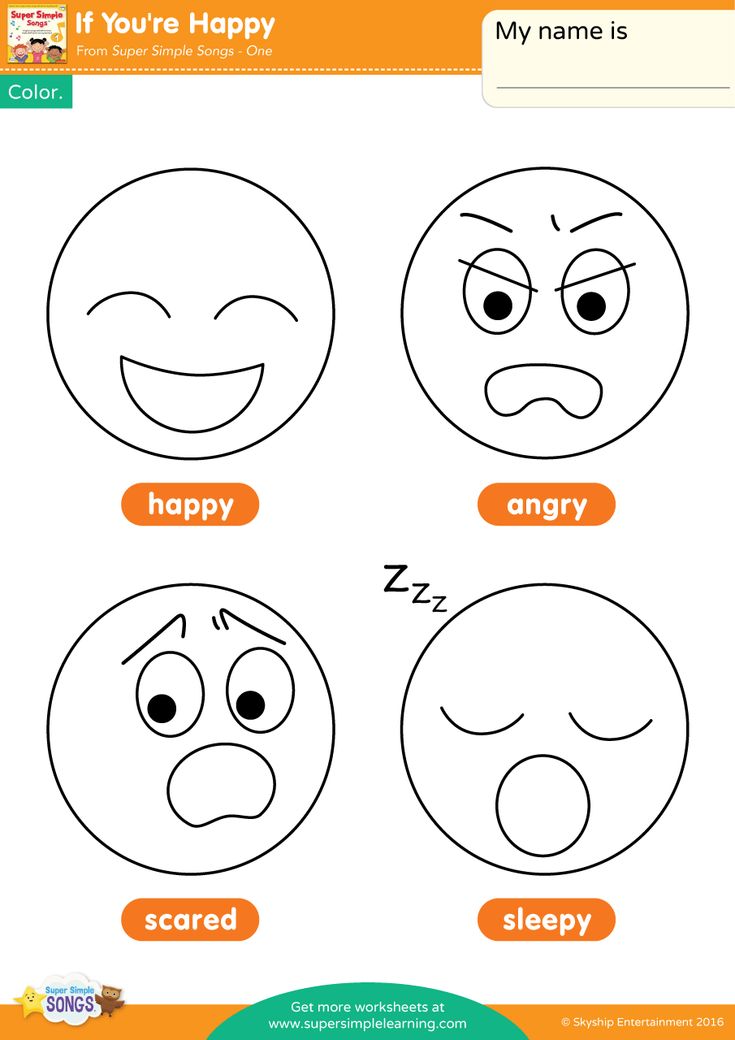
When working with younger preschoolers, you can use pantomimic etudes: "Slender birch", "Music", "Builders", "Balloons", "Butterflies".
Exercise “My Pets”
Before performing the pantomimic study, you should find out if the child has a pet and provide an opportunity to tell how he looks, in what conditions he lives, what he loves most. Attention is paid to whether the animal always feels and behaves in the same way in different conditions; how he perceives hosts and strangers, how he reacts to water, how he relates to his favorite food; How does he express his displeasure? Find out if the child has the language of animals and how he communicates with his pet. After listening to the baby, remember those animals that are the main characters of fairy tales and children's stories ("Three Bears", etc.). Find out which of them is a favorite hero, who is not, what exactly children like about some animals, and others they do not like.
Invite the child to portray his pet (when he sleeps, walks around the apartment, plays with the child, asks for food, communicates, bathes, etc.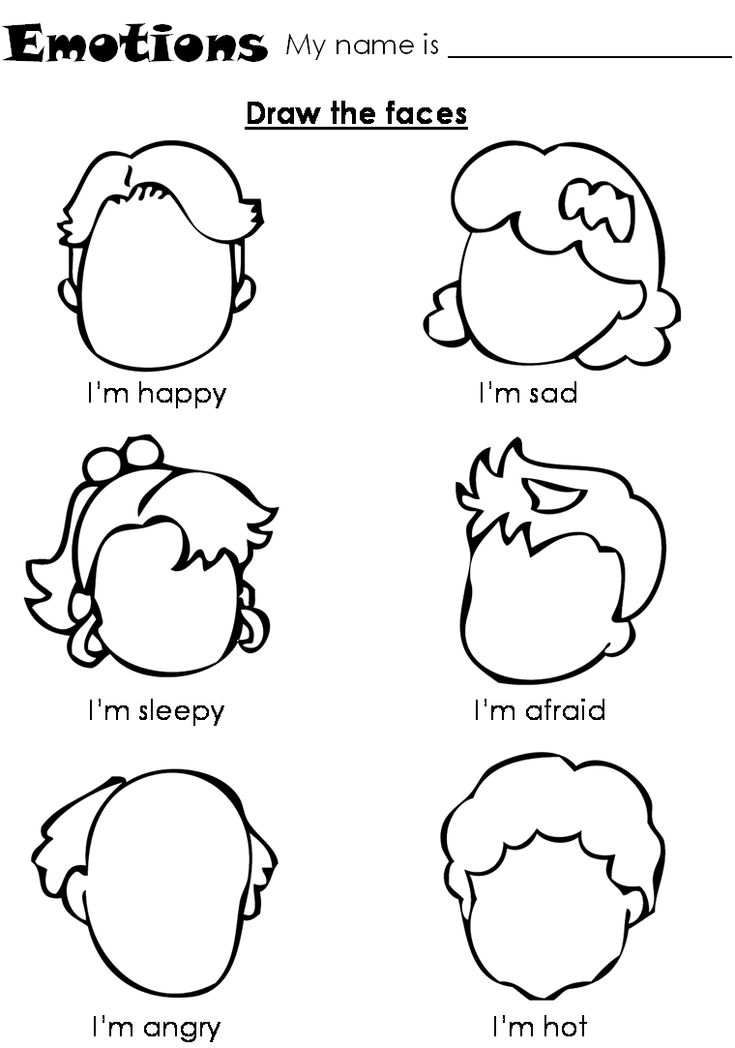 ) or portray any fairy-tale character that parents, educator, psychologist, other children and the like.
) or portray any fairy-tale character that parents, educator, psychologist, other children and the like.
Emotions for children - studying feelings and emotions with children simply and visually
We will introduce the child to the variety of human emotions, teach them to express their feelings and recognize the emotions of other people through exciting story games
Try for freeTry for free
Why should a child study emotions?
Understand yourself better
It is sometimes difficult for a child to even realize, and even more so to formulate what he wants now, what he feels, why he suddenly became uncomfortable. And most importantly, understand what to do with it. Knowing the emotion "in the face", the child will not be at a loss in front of her.
Manage your emotions
Emotions arise uncontrollably, but how to dispose of them is up to us.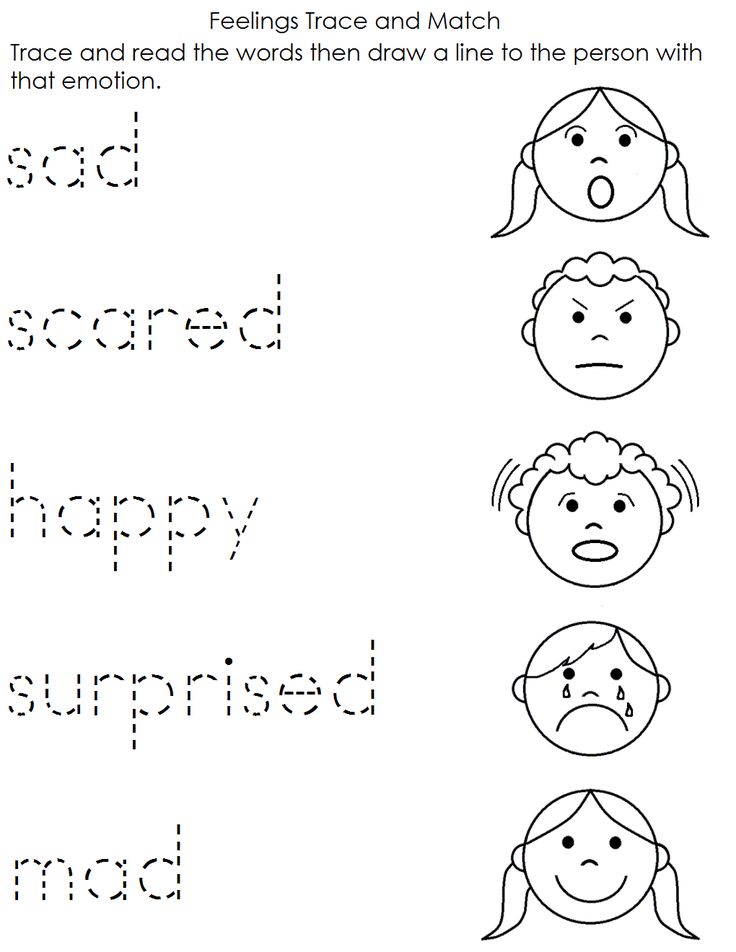 Even a brave person can be frightened, but at the same time one will cry and hide, while the other will look fear in the face and defeat it. And this is exactly what you should learn from childhood - otherwise you won’t become successful.
Even a brave person can be frightened, but at the same time one will cry and hide, while the other will look fear in the face and defeat it. And this is exactly what you should learn from childhood - otherwise you won’t become successful.
Communicate more effectively with people
For productive communication, it is important to be able not only to recognize the emotions of others, but also to correctly express your own. Many will prefer to deal with a calm, friendly interlocutor, and not with a closed beech or a person who expresses his feelings too violently.
Protect yourself from manipulation
Each of us hides our true emotions in some situations. Sometimes it's a matter of etiquette. But sometimes people can pretend to benefit at our expense and even harm us on purpose. This is where basic knowledge of human emotions comes in handy.
What should a child know about emotions?
What are emotions and how they arise
The child should learn that emotions are a reaction to what happens to him.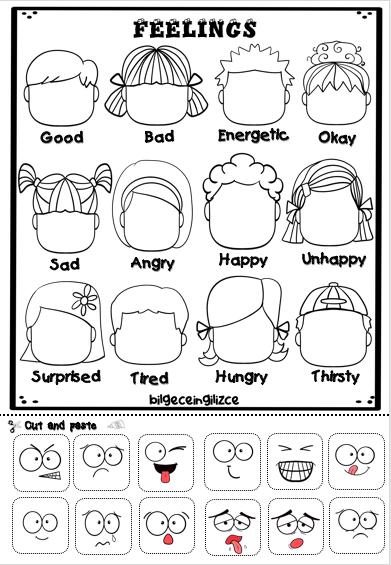 They help us to be aware of our attitude to people and events, to regulate behavior and to better understand others. Emotions can arise spontaneously, but there is no need to be afraid of this - they can and should be controlled.
They help us to be aware of our attitude to people and events, to regulate behavior and to better understand others. Emotions can arise spontaneously, but there is no need to be afraid of this - they can and should be controlled.
How to visually distinguish one or another emotion
People don't often talk about their feelings and emotions directly. How do you know if a person is scared or sad? Is he happy or nervous? Surprised or interested? Is he sincere? You can distinguish the emotions of other people based on their facial expressions, facial expressions, actions.
How to control your own emotions
Those who do not know how to cope with their emotions are perceived as ill-bred and unpleasant people. Children are usually forgiven for inappropriate expressions of emotions, but the sooner the child learns to take control of them, the better he will get along with people and the more he will achieve in the future.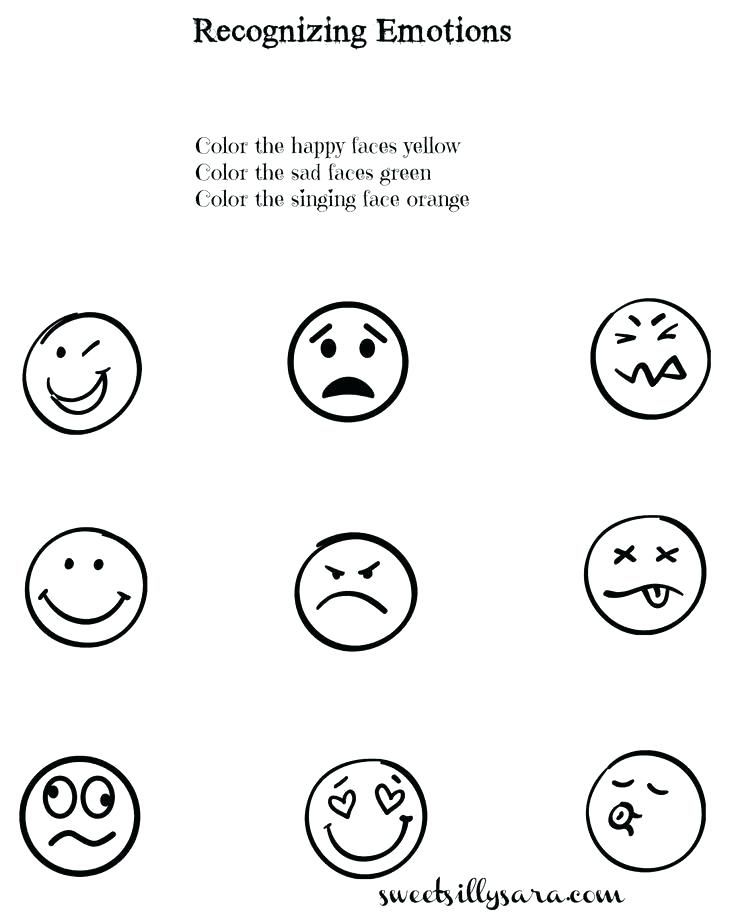
How to introduce a child to emotions and feelings?
Be sincere with children
Parents who believe that the manifestation of emotions is a weakness and it is better to ignore them altogether will grow up unhappy, socially unadapted children. Feel free to express your feelings in front of a child: angry, laughing out loud, sad. Let him understand that different emotions are normal.
Pay attention to the child's emotions
If you see that the child, for example, is sad, turn to him: “You are sad. What happened? And what do you think to do with it? It is important that he understands: he will not be punished for what he feels, you are ready to analyze his feelings with him - and you will always tell you how to express them, what to direct them to.
Expand your child's emotional vocabulary
Psychologists have noticed a connection between emotional vocabulary and communication and introspection skills.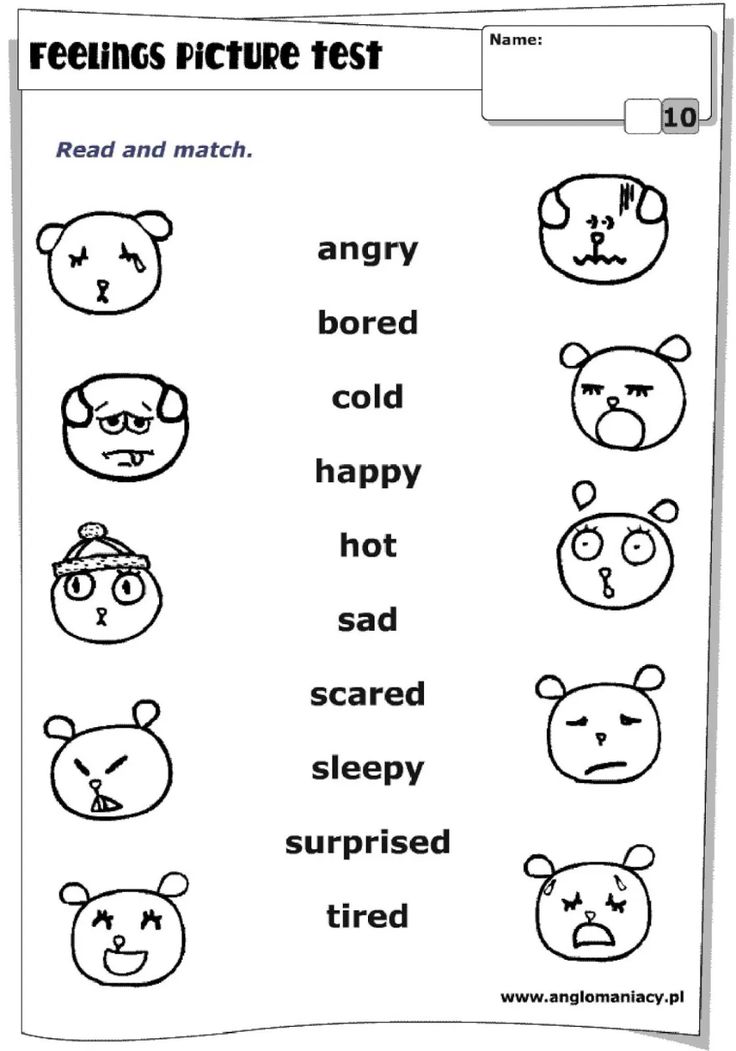 Use at home more synonyms for words denoting sensations. Address the shades of emotions. For example, the general “evil” may mean “irritated”, “angry”.
Use at home more synonyms for words denoting sensations. Address the shades of emotions. For example, the general “evil” may mean “irritated”, “angry”.
Read and analyze literature together
The ability to empathize is formed when a person imagines himself in the place of another. Invite the child to imagine how he would feel if he were in the place of one or another literary hero. What would you do with these emotions? Would you express them or hide them? How would you proceed from them?
Learning emotions with children in an interactive
game format
Take a Free Trial Lesson
Explore the interactive play activities your child will have with Umnaziah's Introducing Emotions course.
Try
The structure of the course "Emotions for children"
10 THEMED LESSON GAMES 30-40 MINUTES EVERY
Each lesson is dedicated to one of the situations or emotions.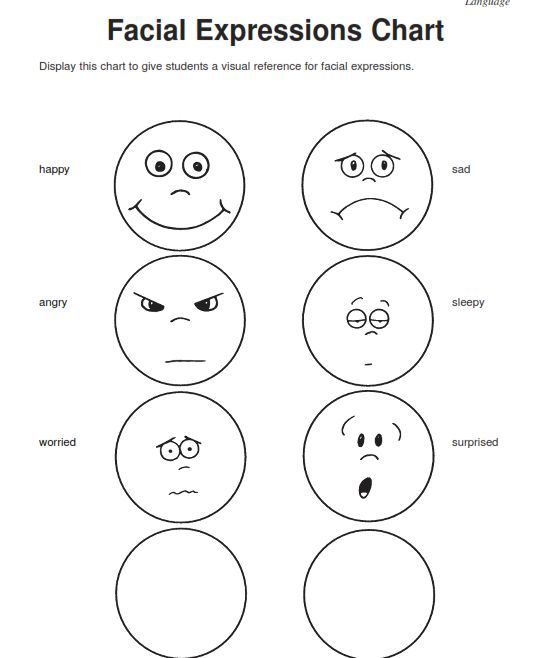 The theory for the lesson is presented in the format of short stories and interactive tasks designed for children aged 6-13.
The theory for the lesson is presented in the format of short stories and interactive tasks designed for children aged 6-13.
40 FUN CHALLENGES BUILT INTO THE LESSON SCENARIO
Each lesson contains 5-7 tasks to consolidate the material covered. All tasks have a plot and bright illustrations or are presented in the form of a game.
UNLIMITED ACCESS TO ALL COURSE MATERIALS
The child will be able to take the course as many times as he needs. You buy the course once and can return to it even after 5 years.
INTERACTIVE KNOWLEDGE QUIZ GAME
The course ends with an interactive quiz game, for the successful completion of which the child receives a certificate. You will be confident in his knowledge!
What topics do we study in the course "Emotions for Children"?
Galaxy of Emotions
Joy and Sadness
Fear and Anger
Interest and Surprise
Trust and Aversion
Complex emotions
What is empathy?
Dating Cloak
Control helmet
Find yourself
Start training
Examples of tasks for the study of emotions
Get to know the other steps of the Emotional Intelligence for Kids course
"Introducing Emotions" is the first of four steps in the Emotional Intelligence course for children from Umnaziah.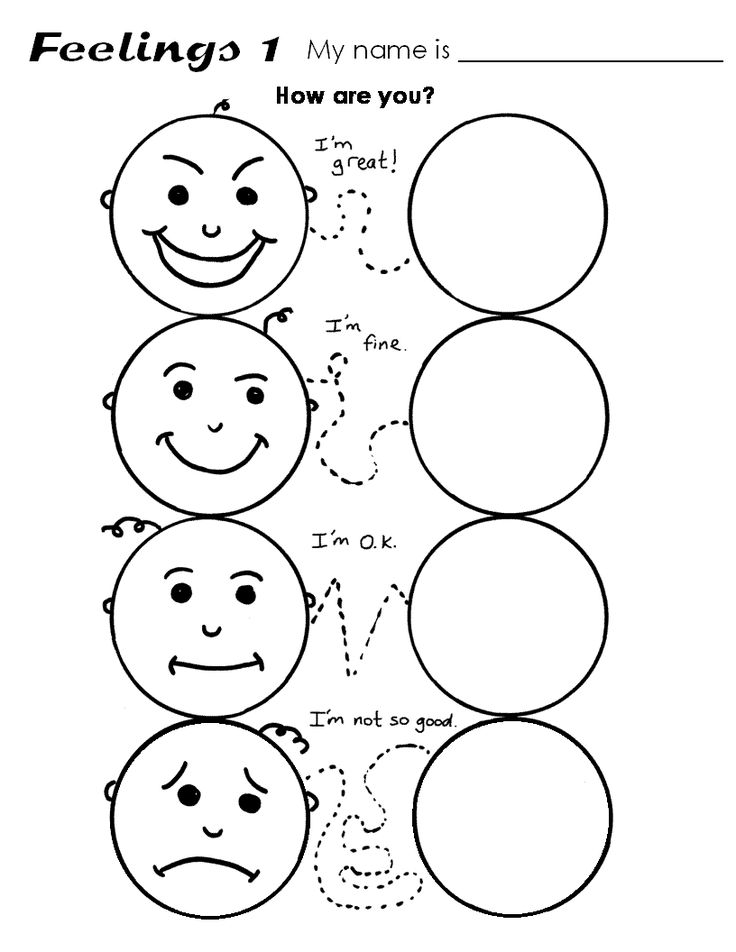 See what topics our students are studying in other levels.
See what topics our students are studying in other levels.
Getting to know emotions
In this course, we will introduce the child to the spectrum of human emotions, try to understand their own feelings, and learn to recognize and recognize the emotions of others. How are curiosity and surprise related? Is it possible to stop worrying at the blackboard and is fear so terrible?
Personality types
The main objective of this course is to show the child the diversity of human characters. We are all different in some ways, but similar in some ways. Why do some guys easily make new acquaintances, while others are reluctant to make contact, and how do different people make decisions?
More
Teamwork
The course is designed for children 9-13 years old and introduces the child to the basic principles of teamwork, teaches to identify and take into account the strengths of each team member and give constructive
feedback.